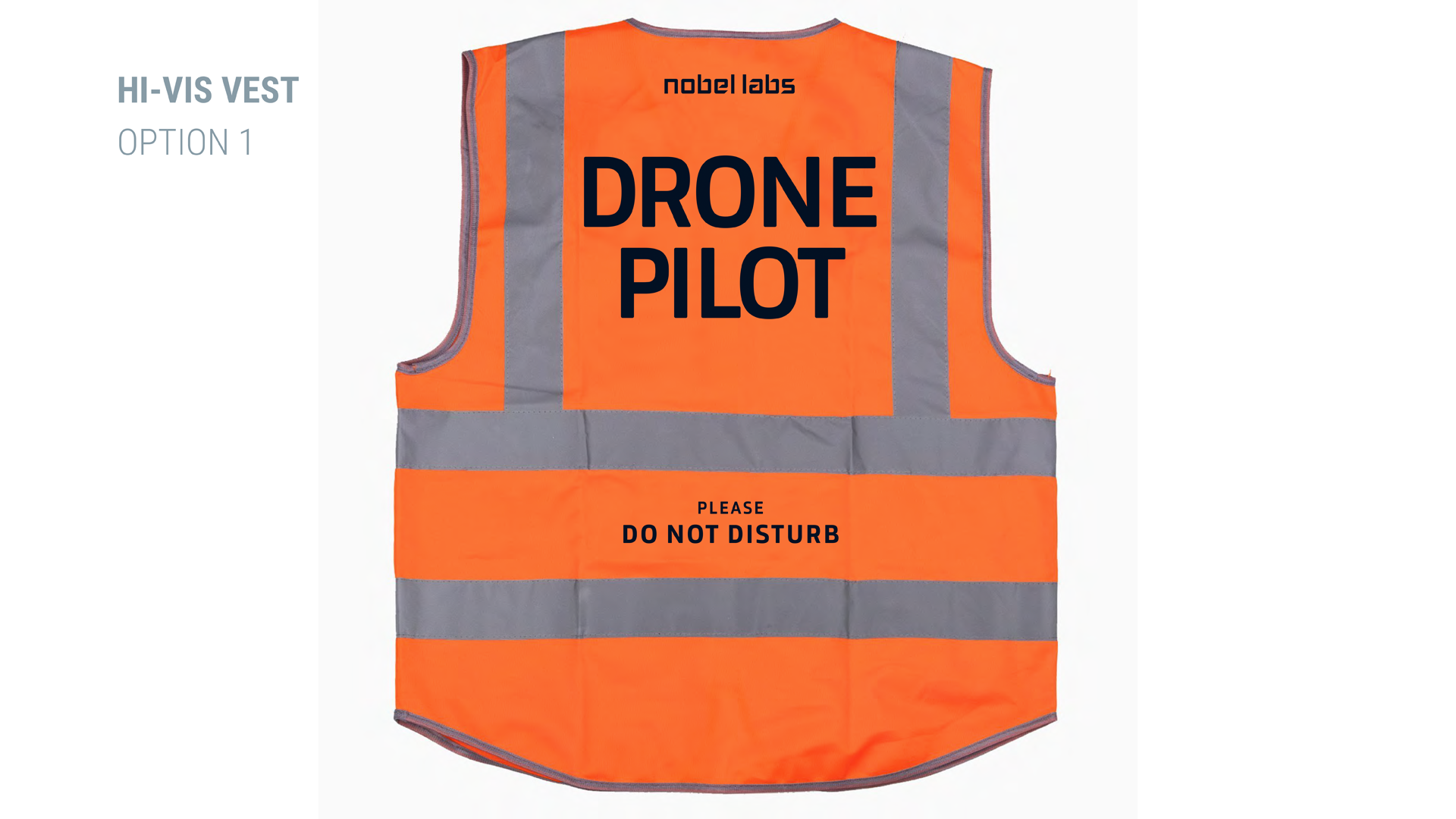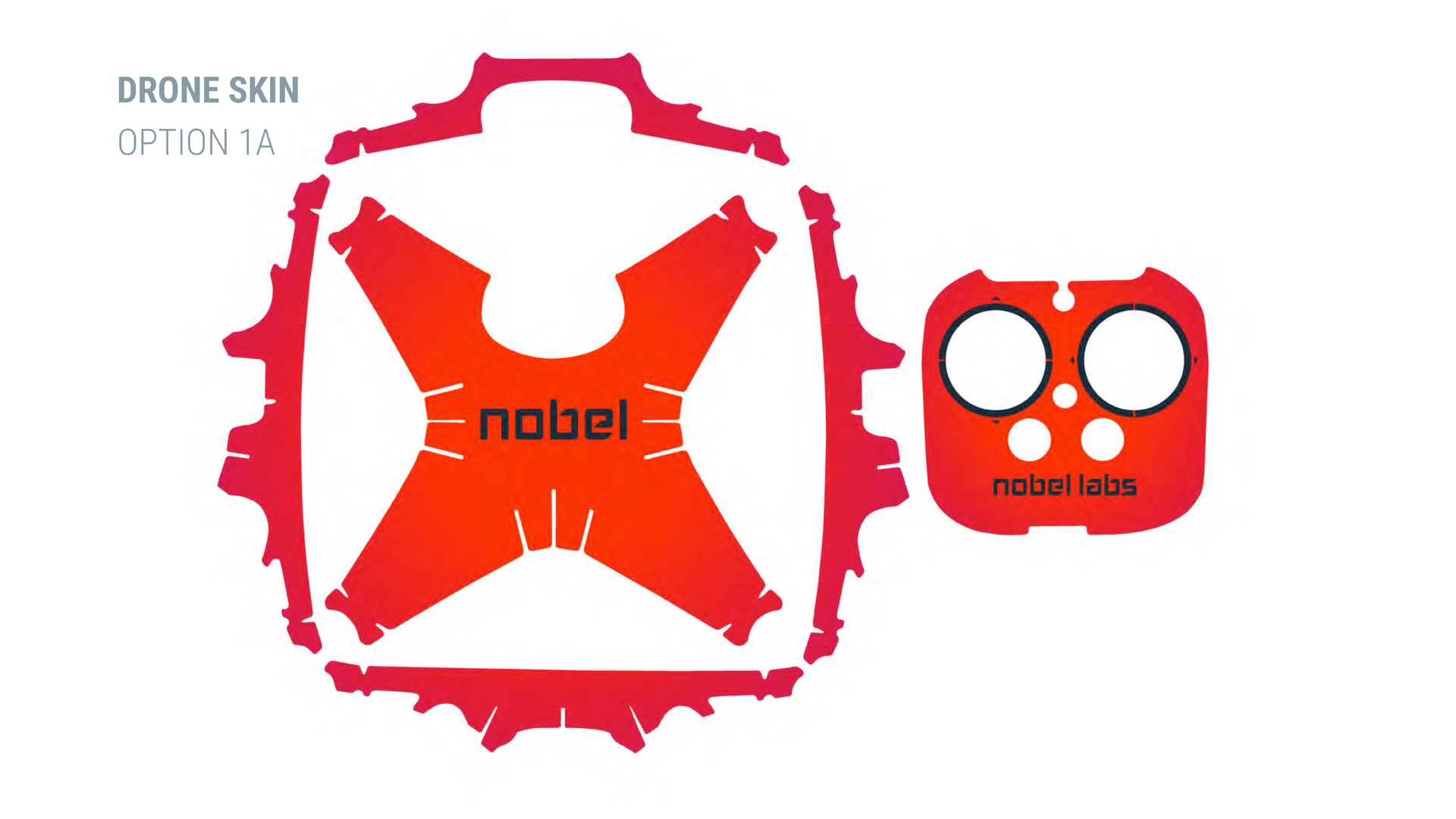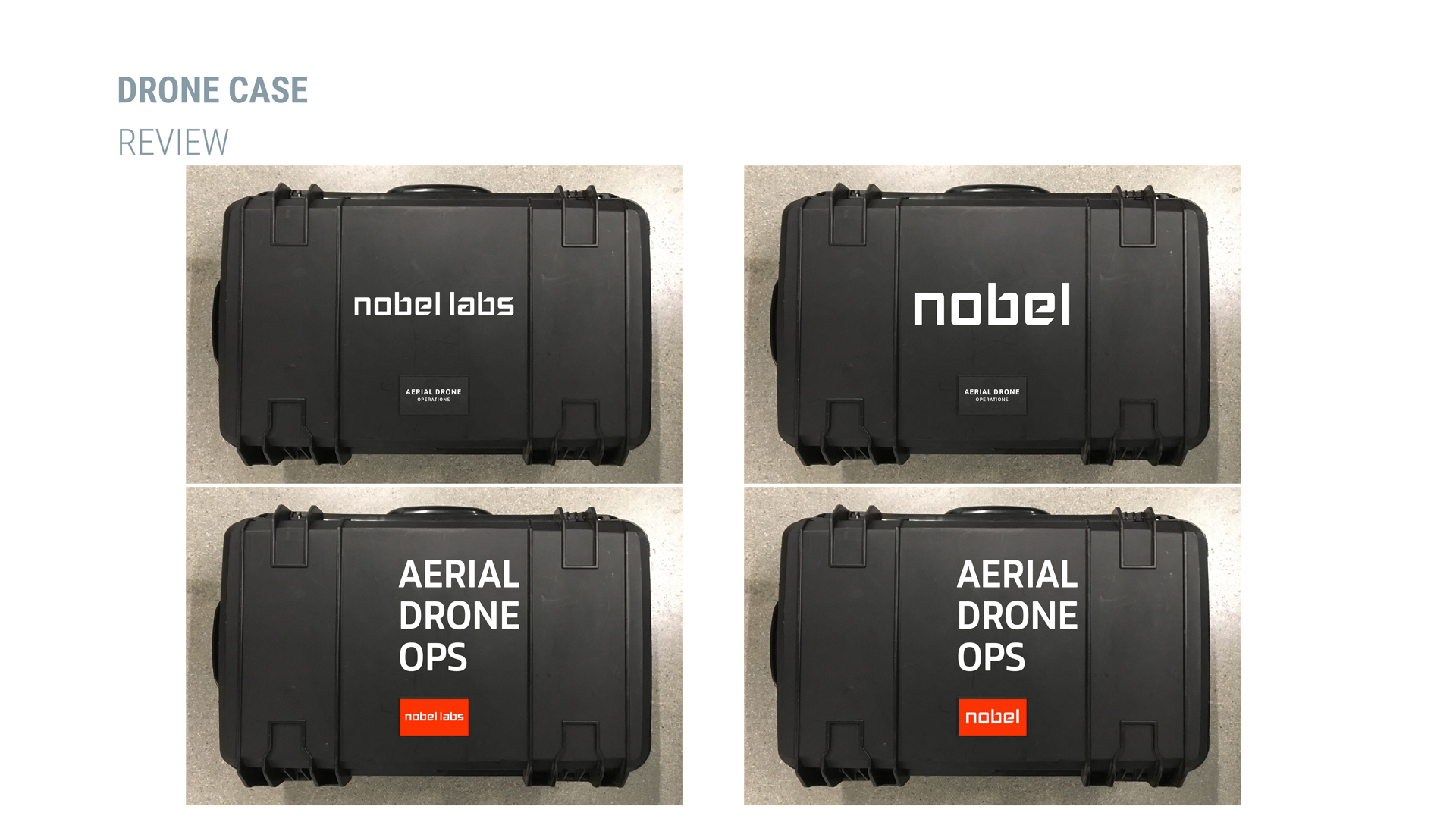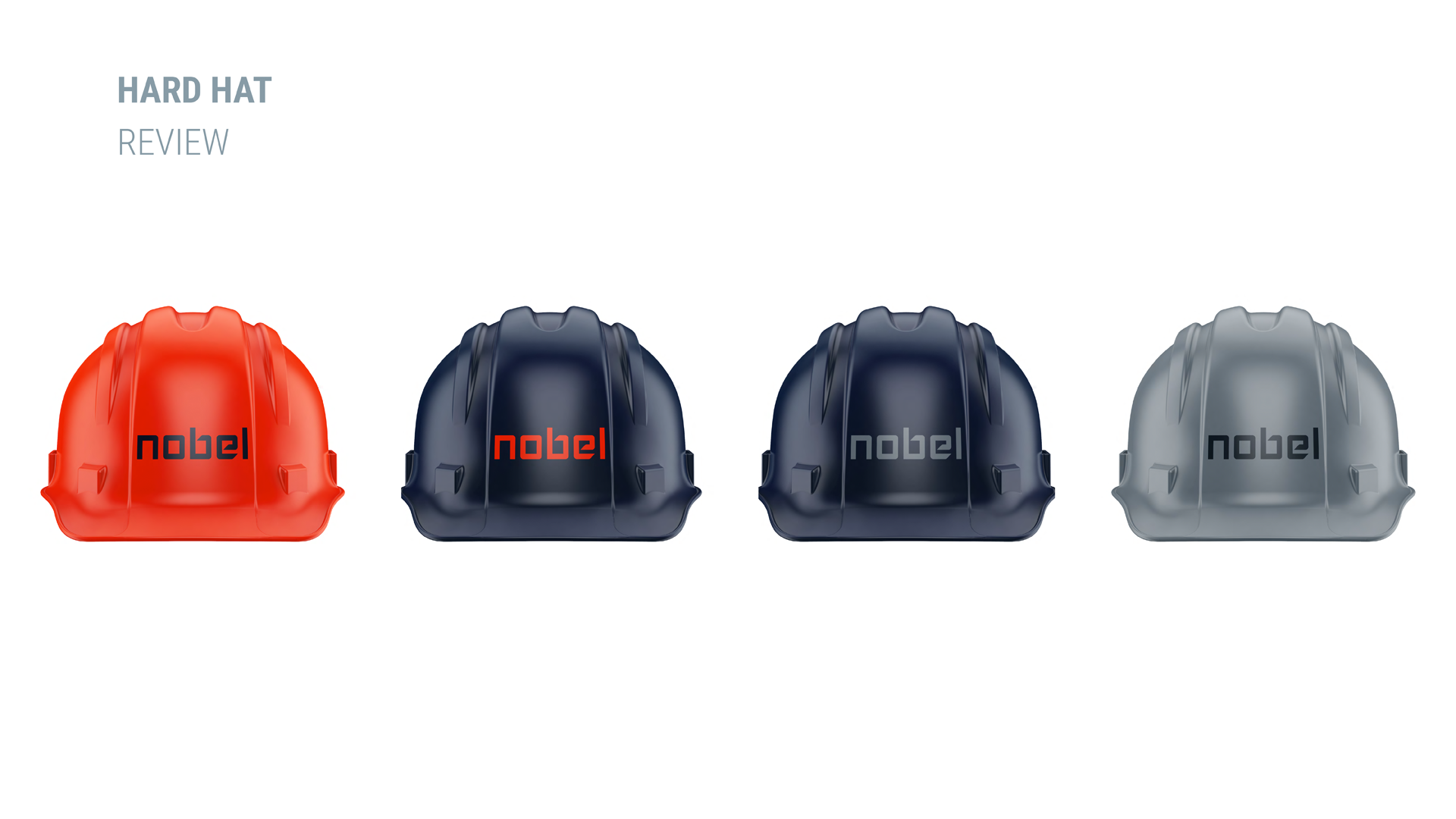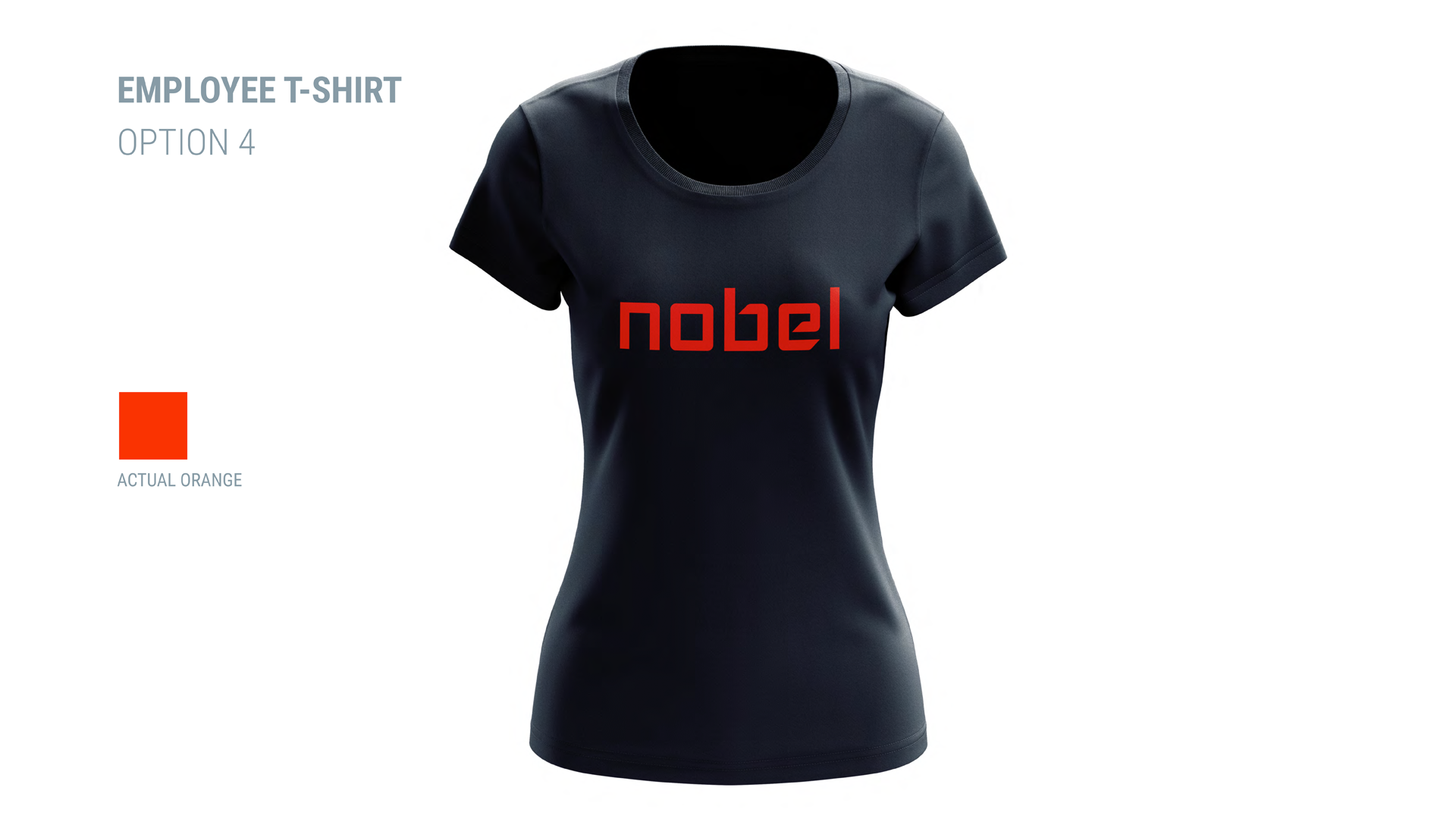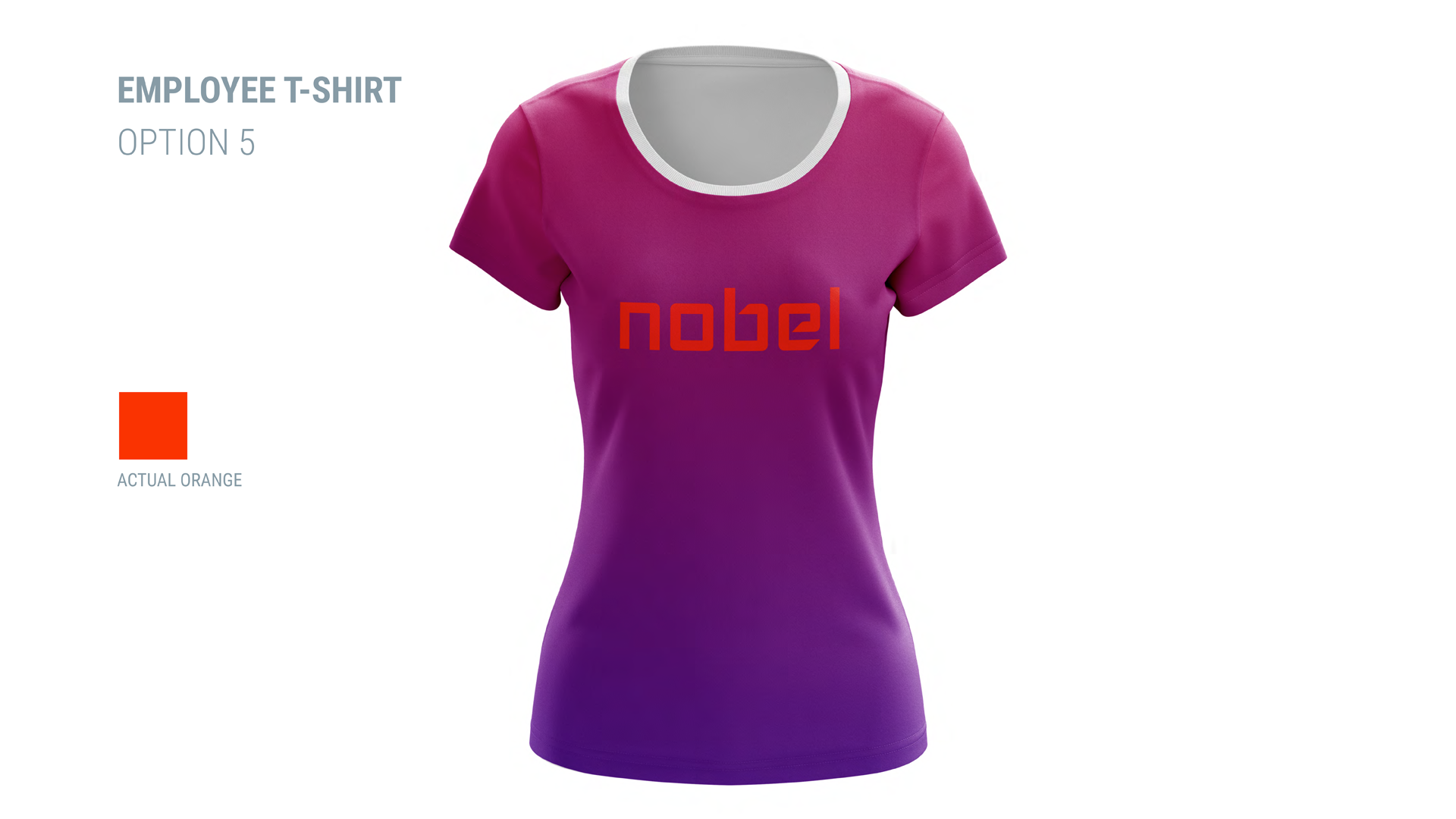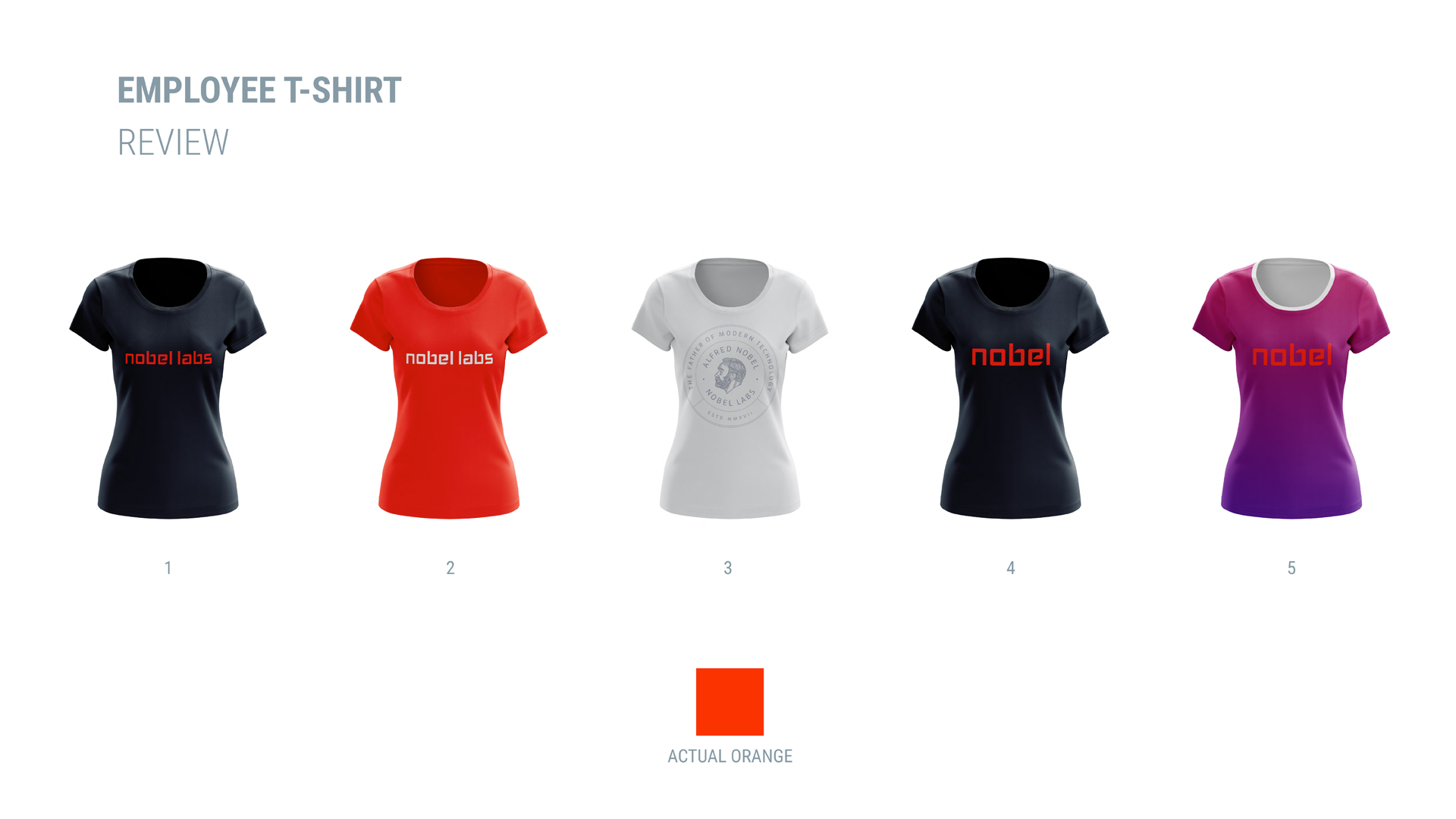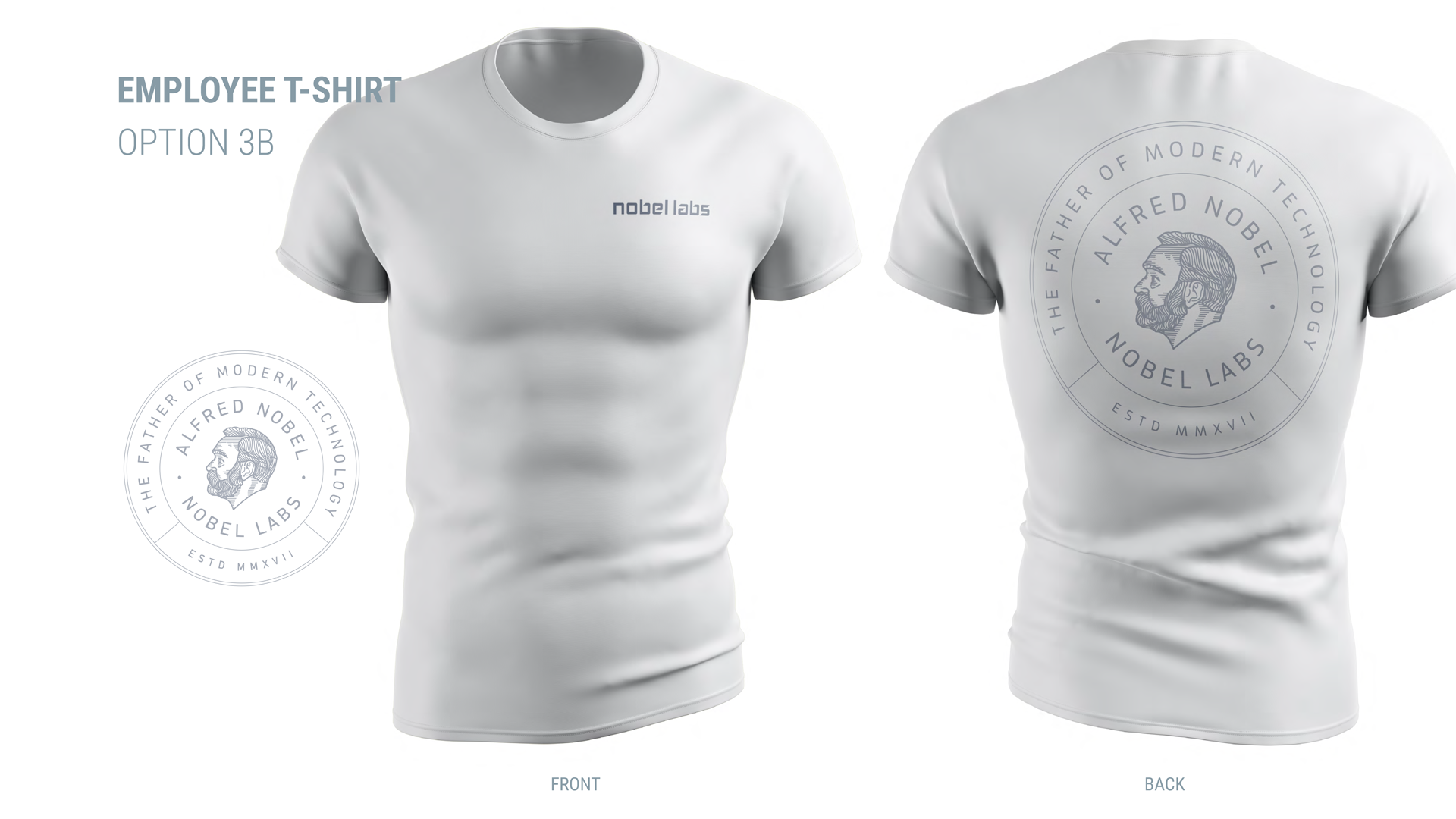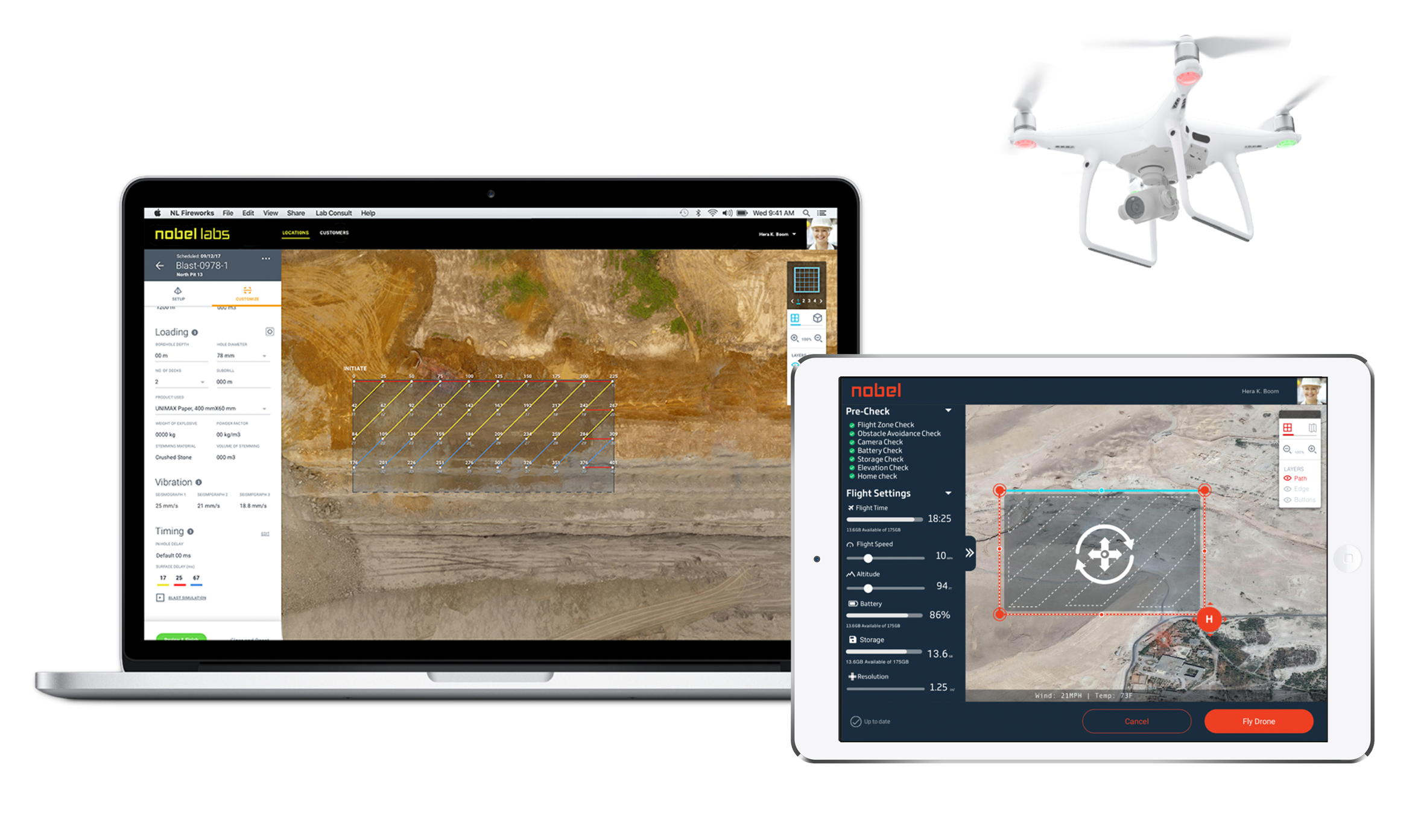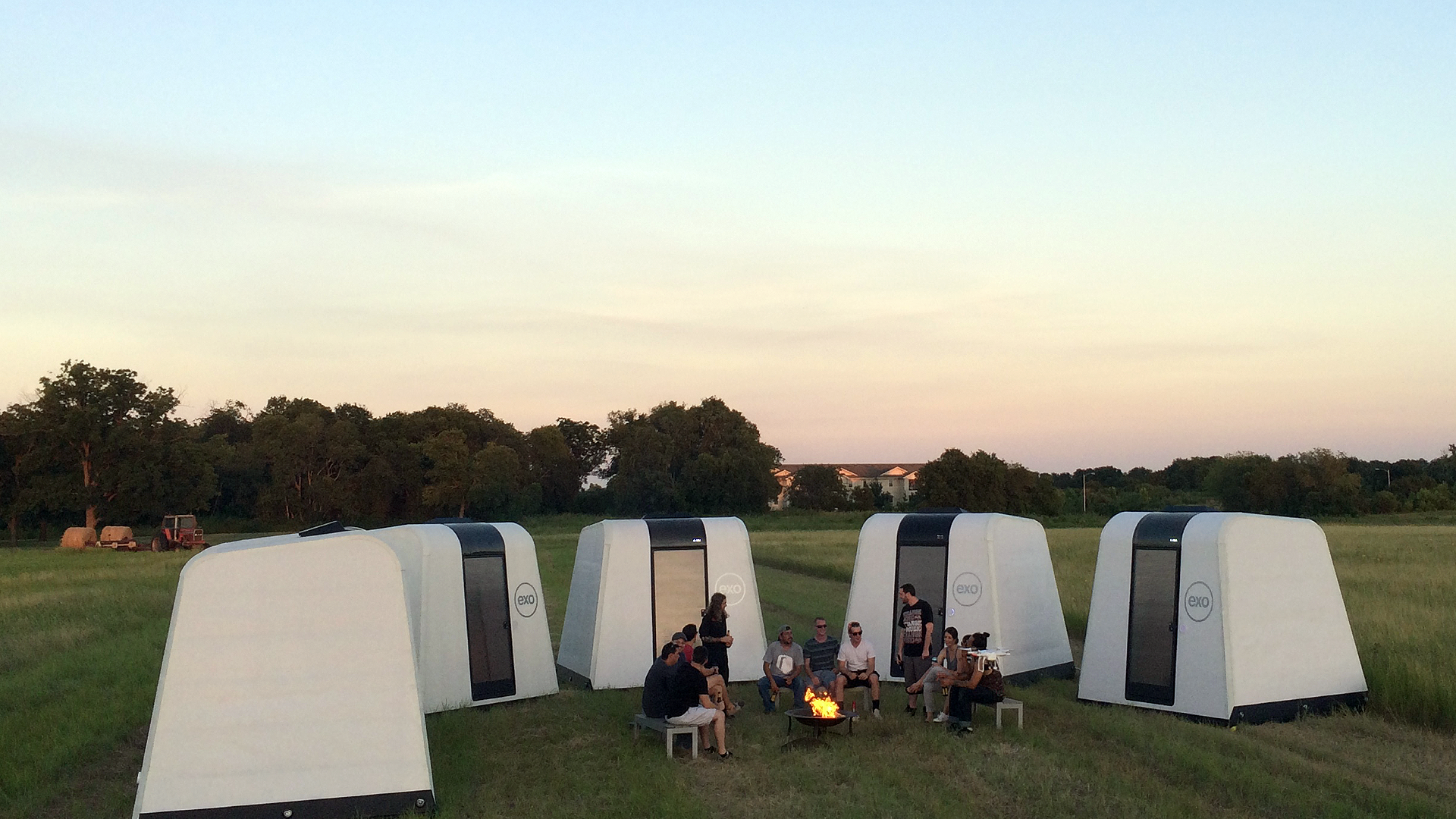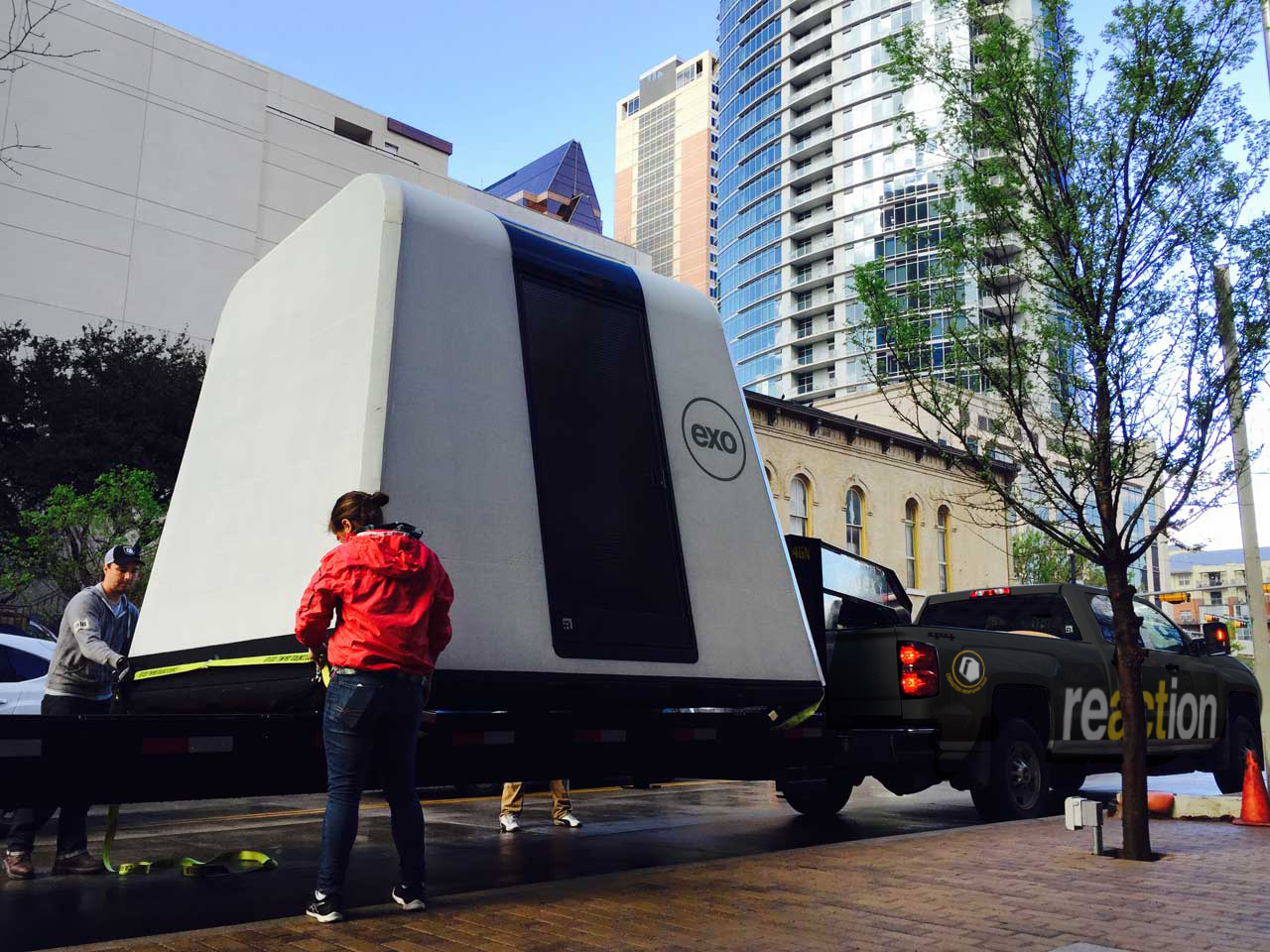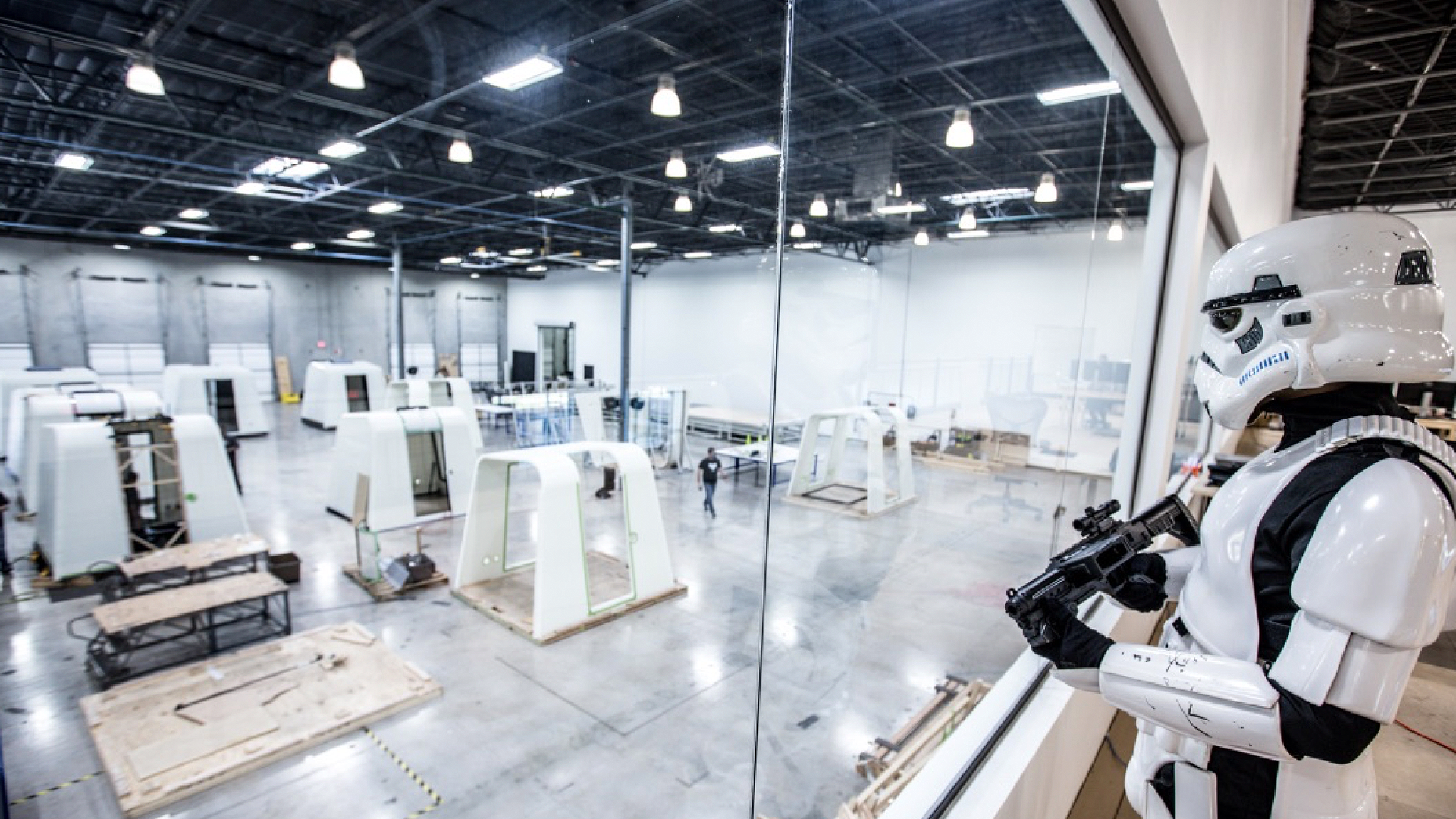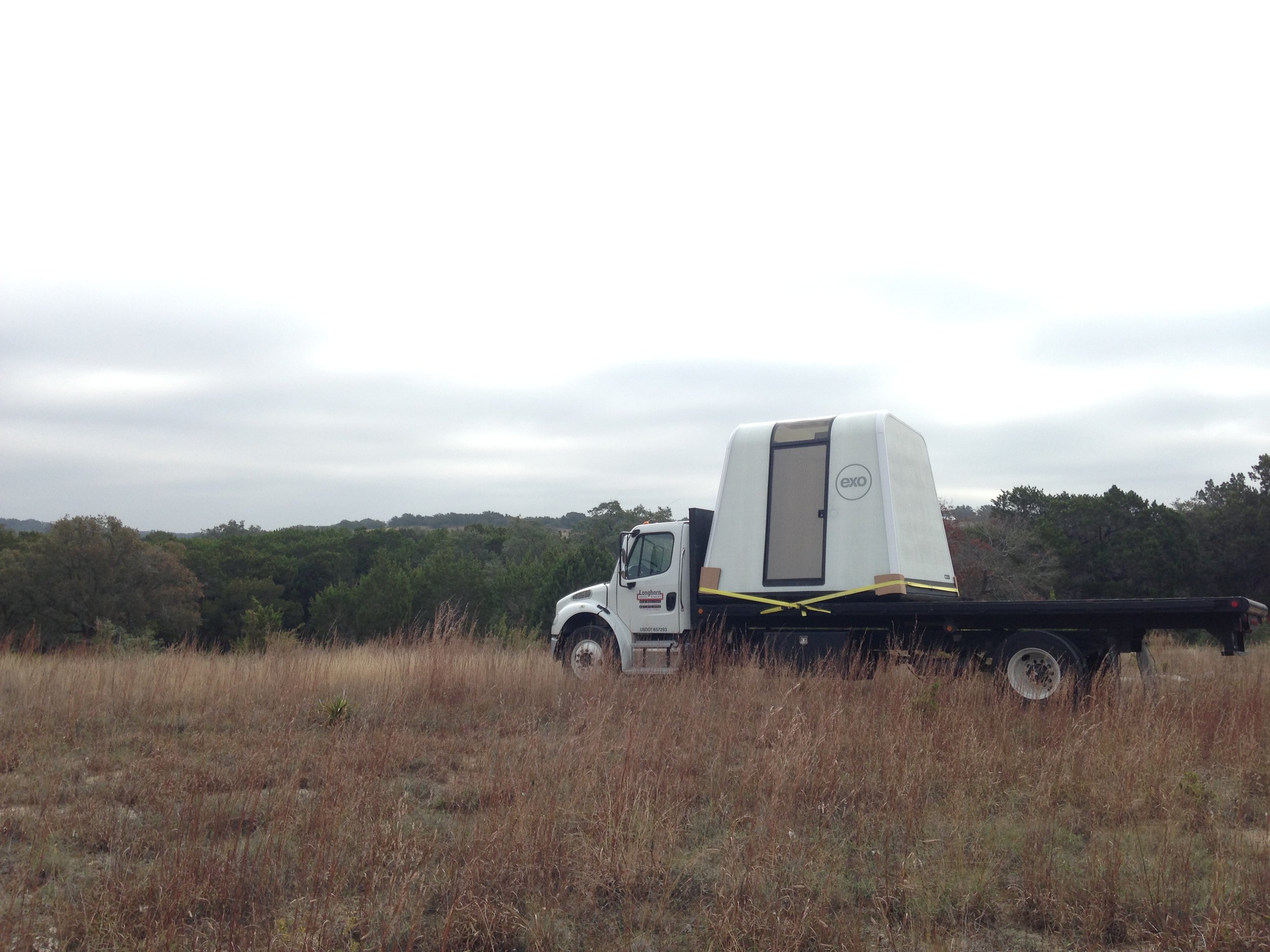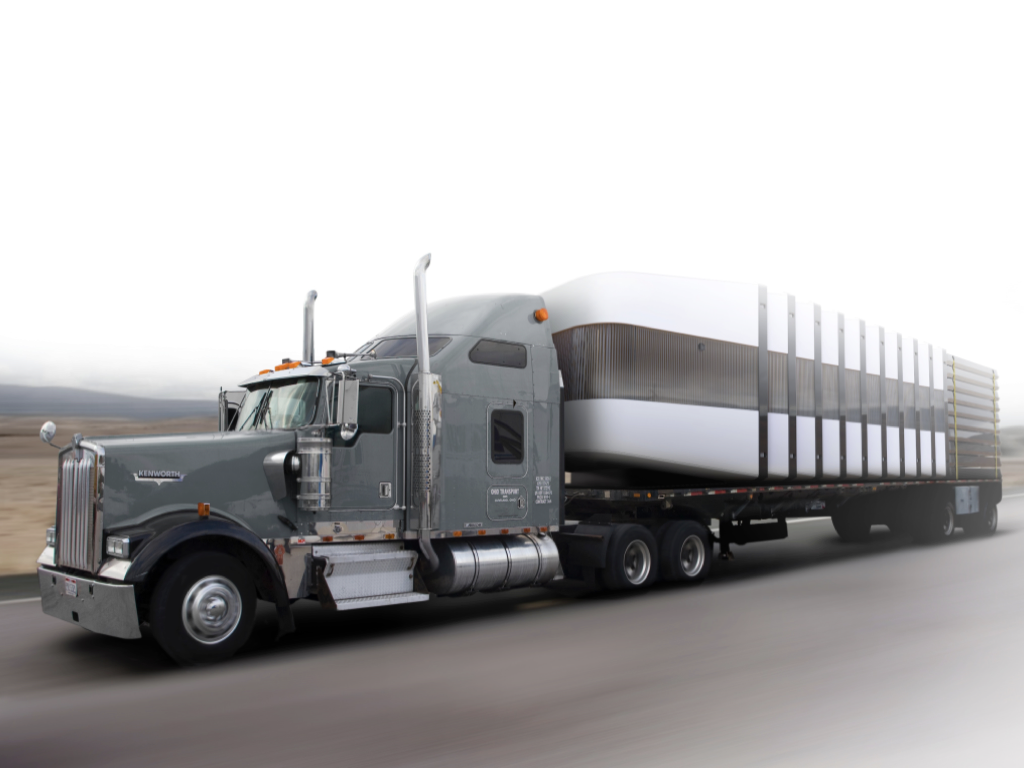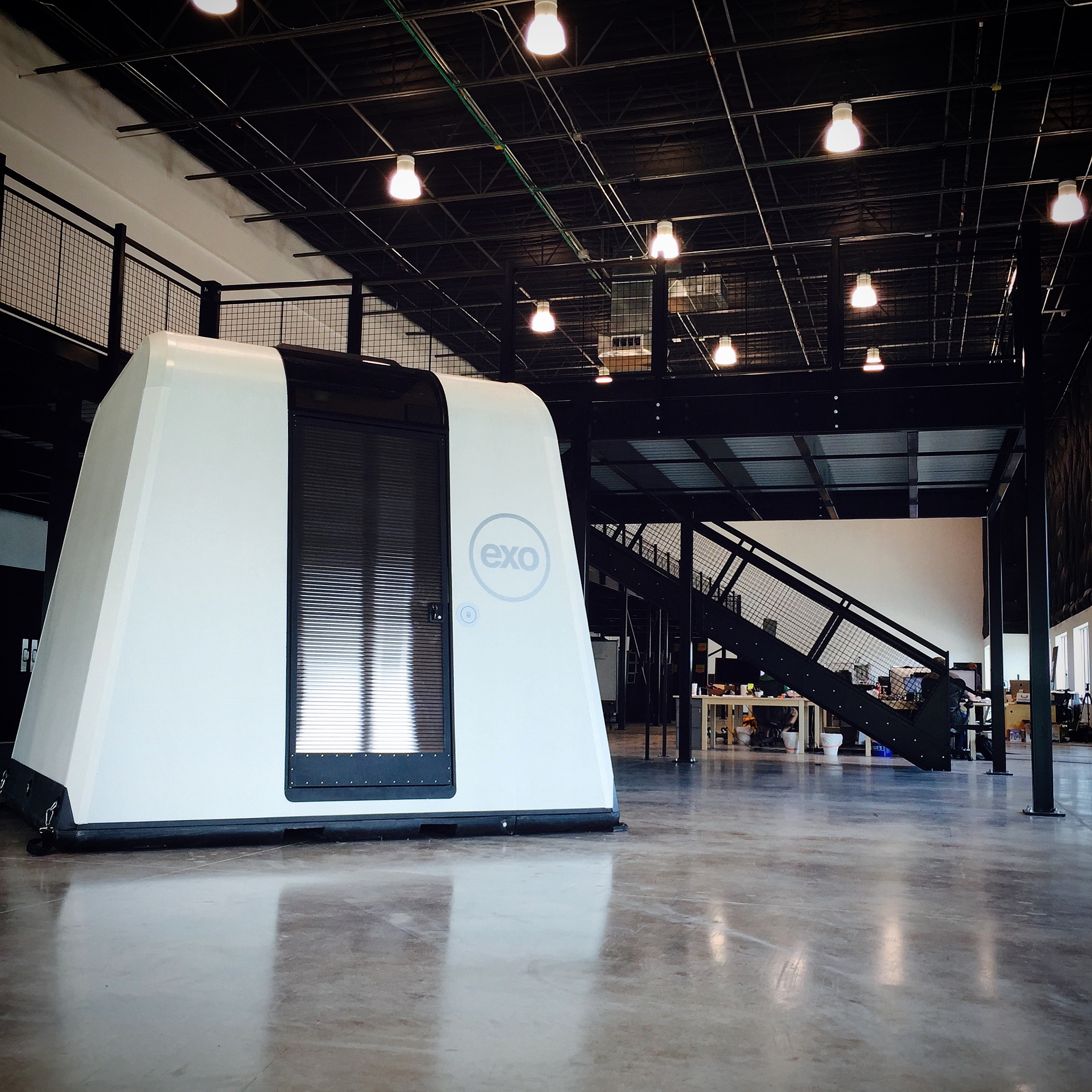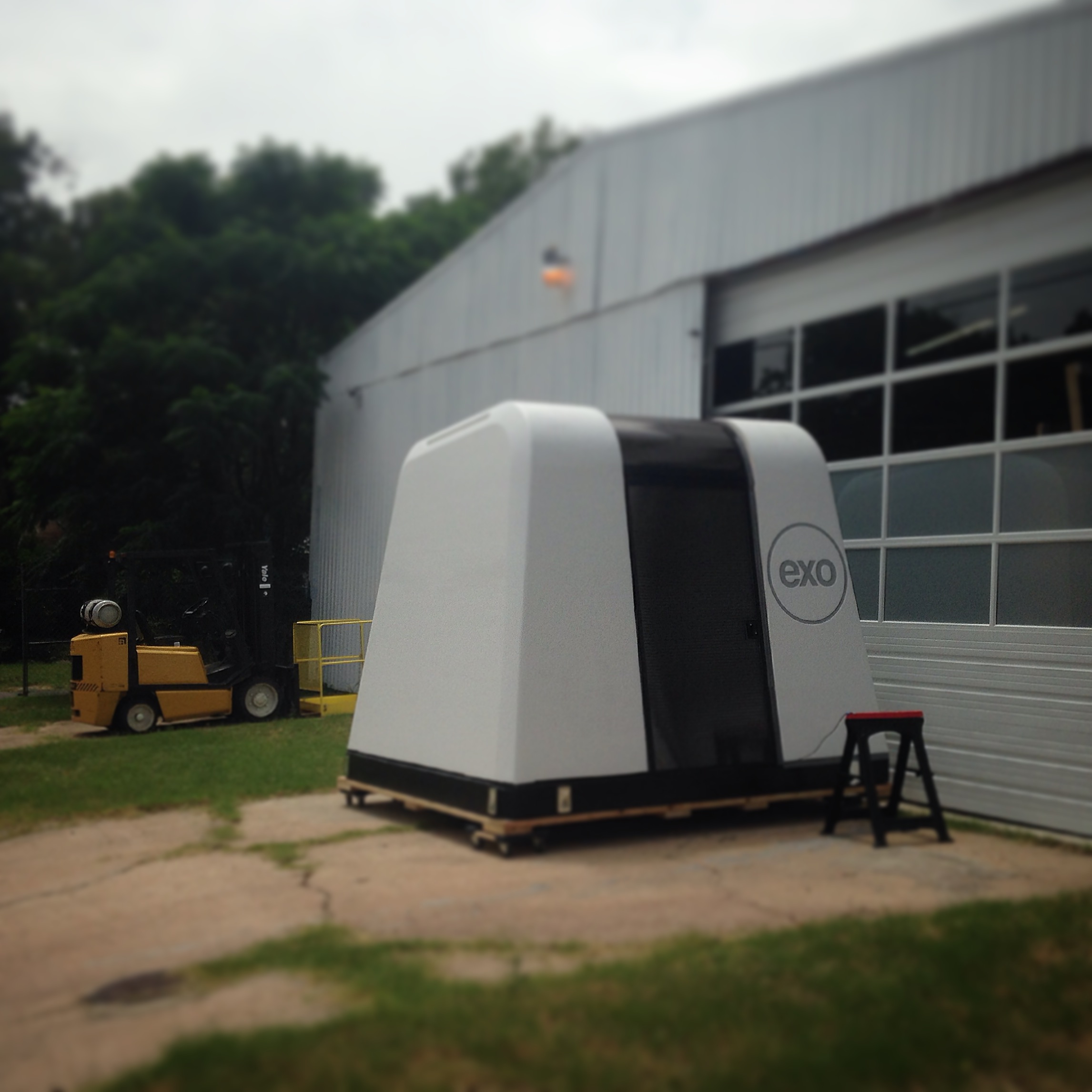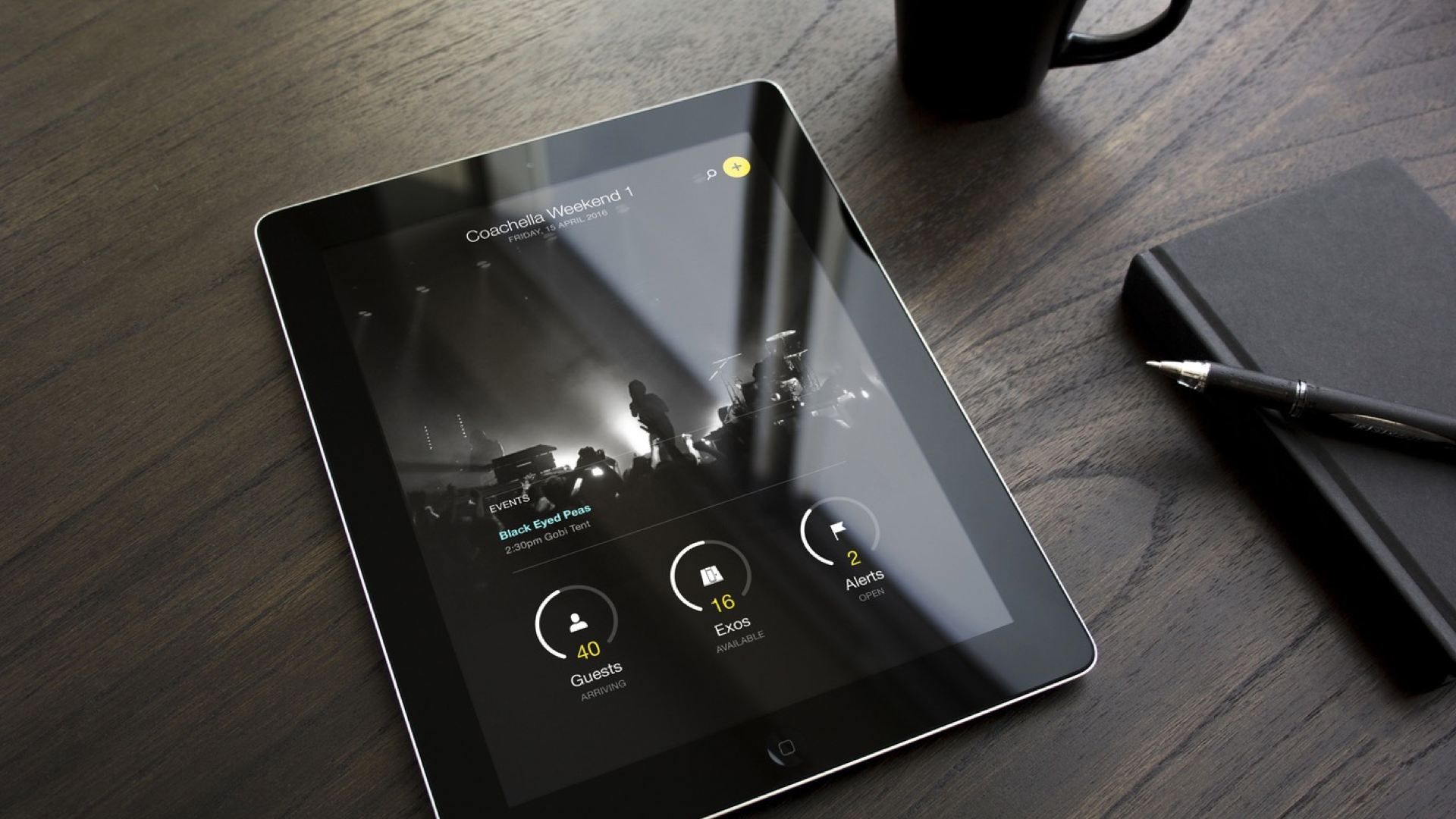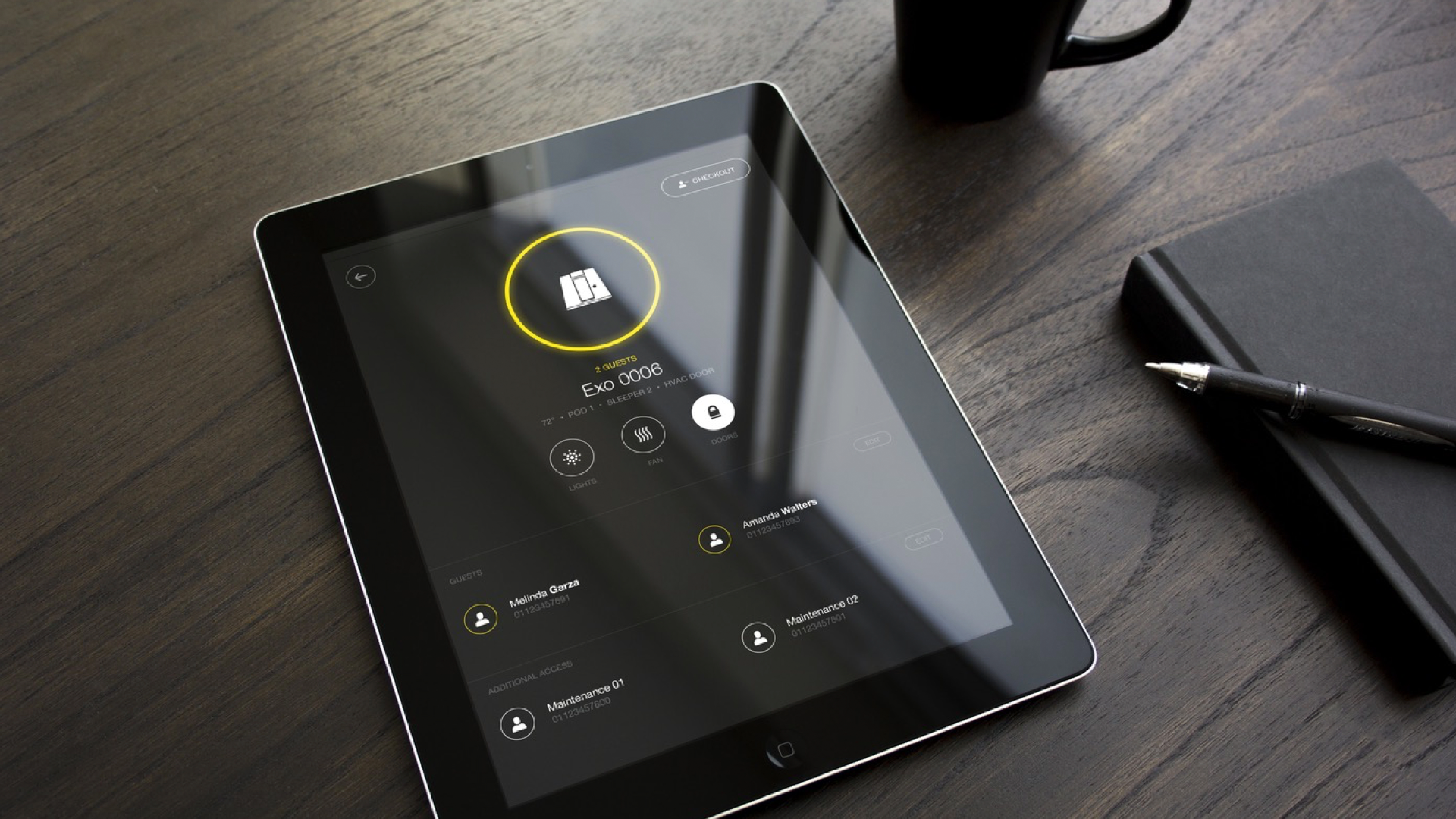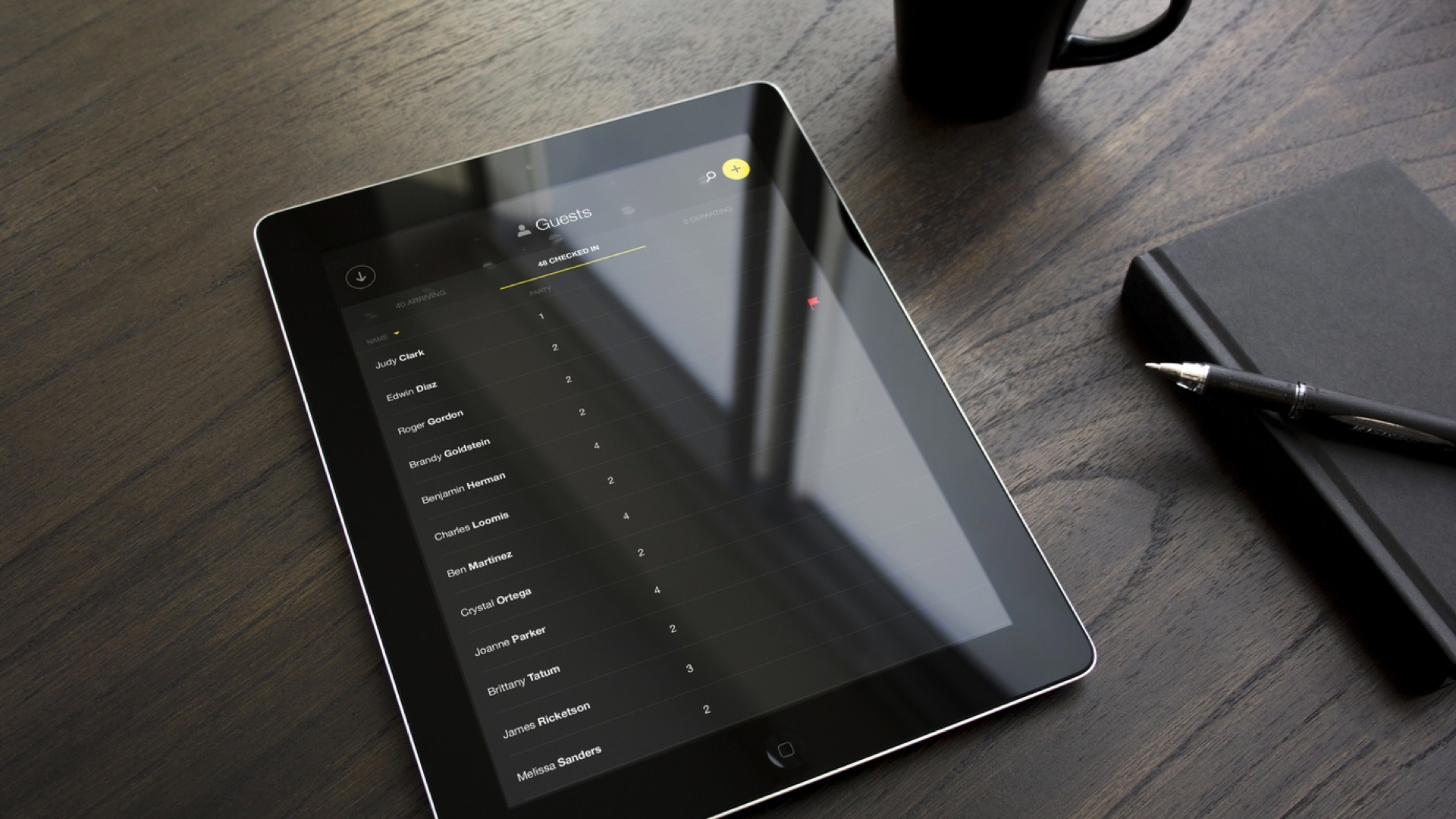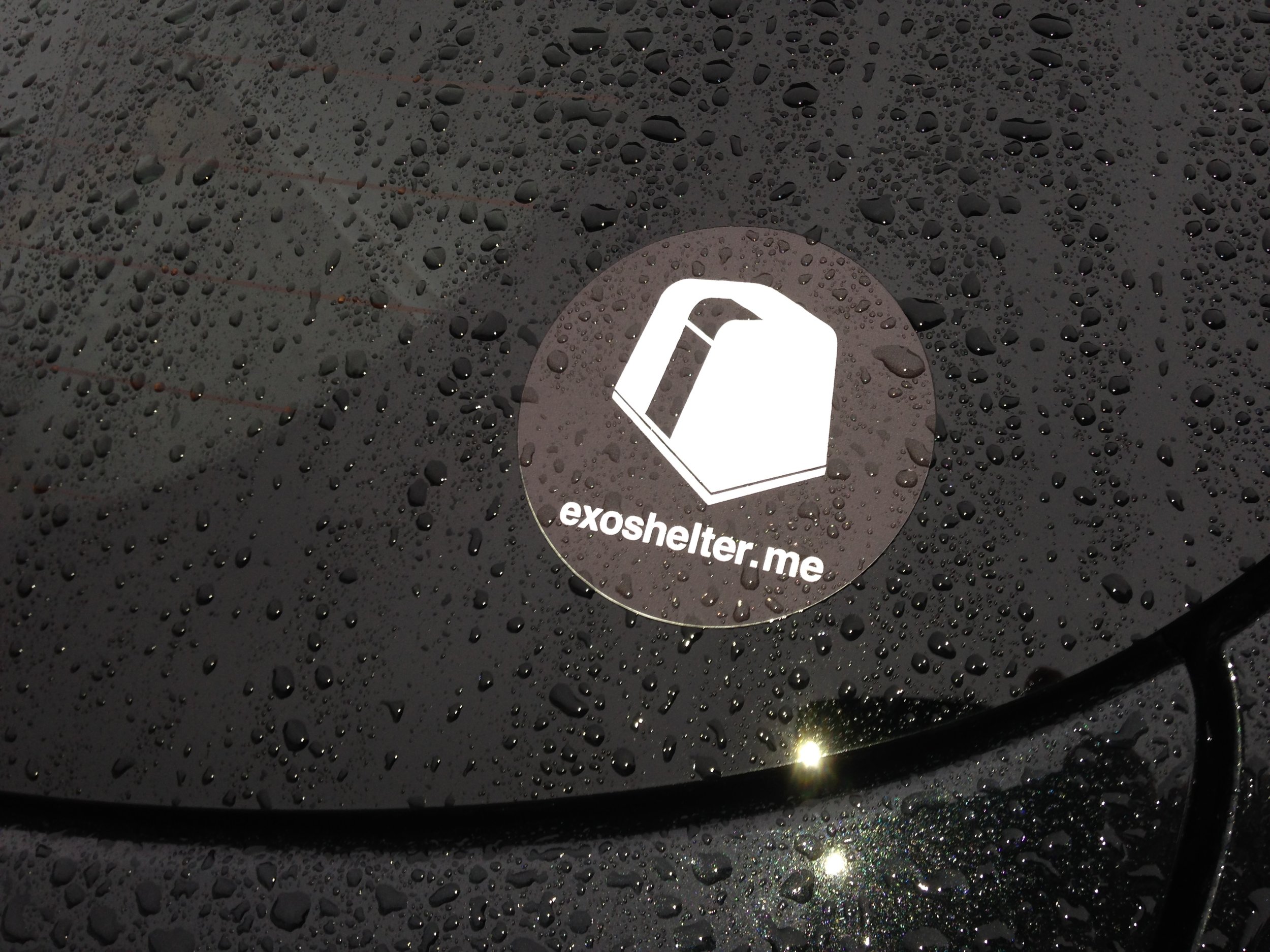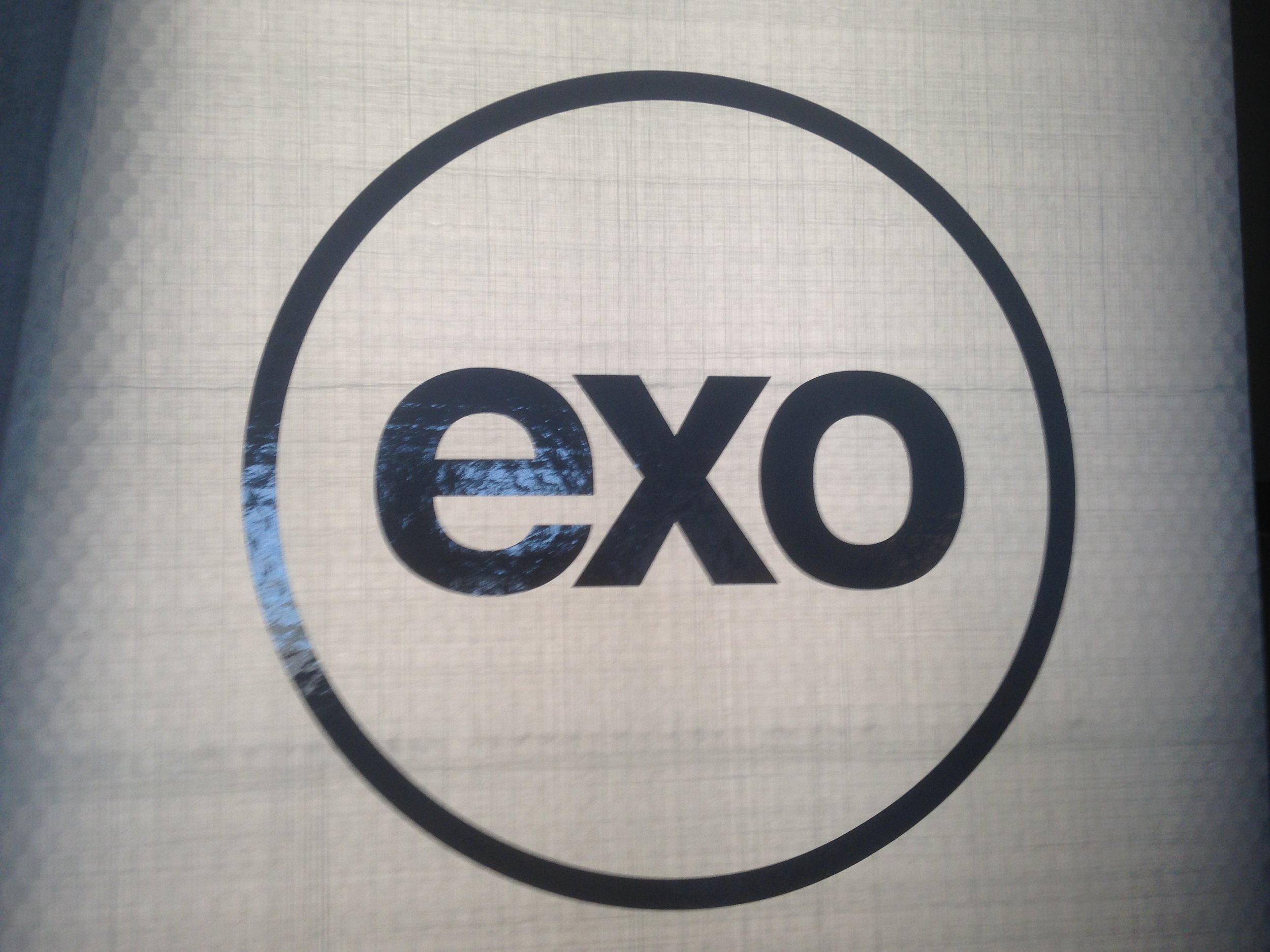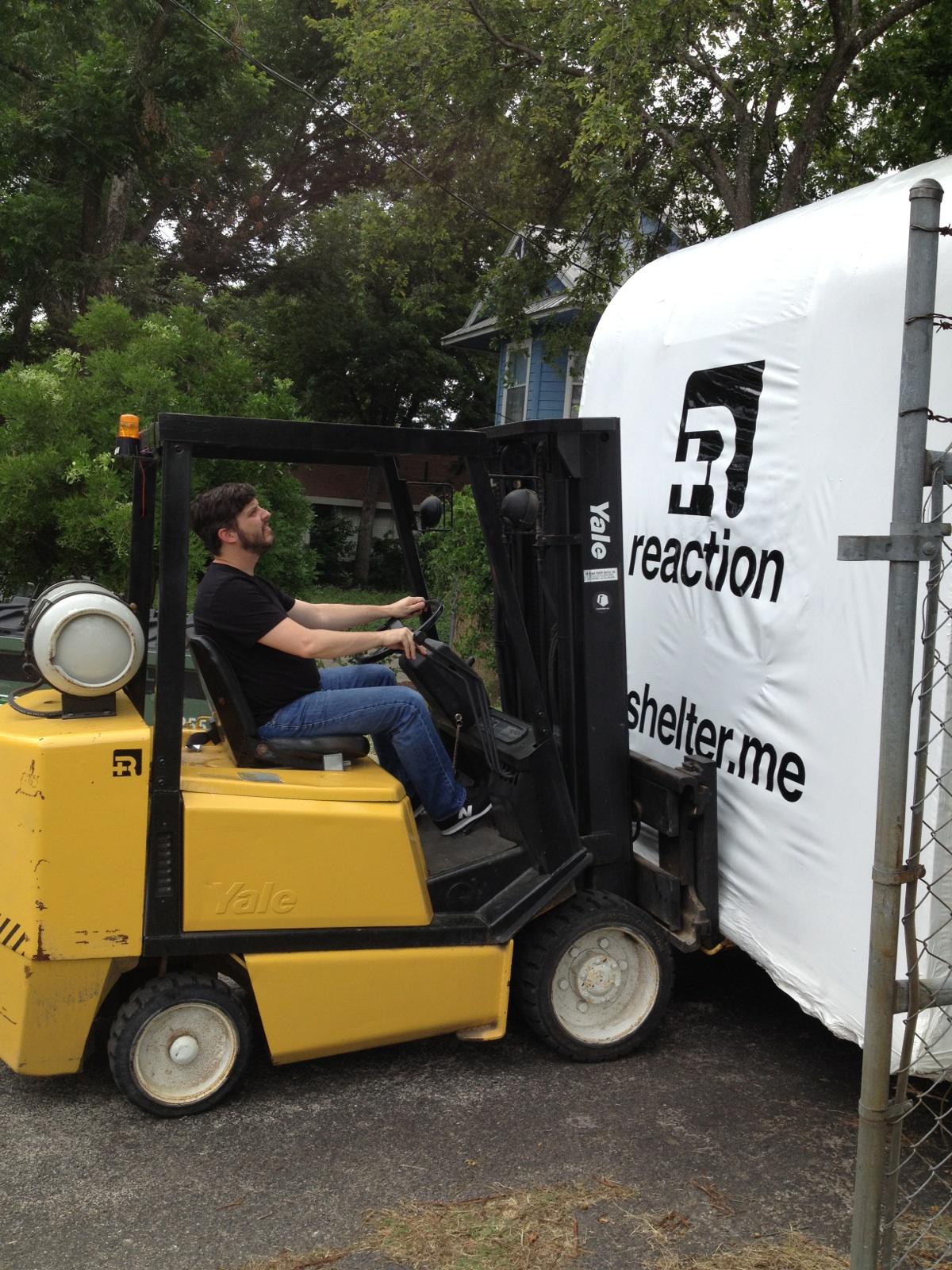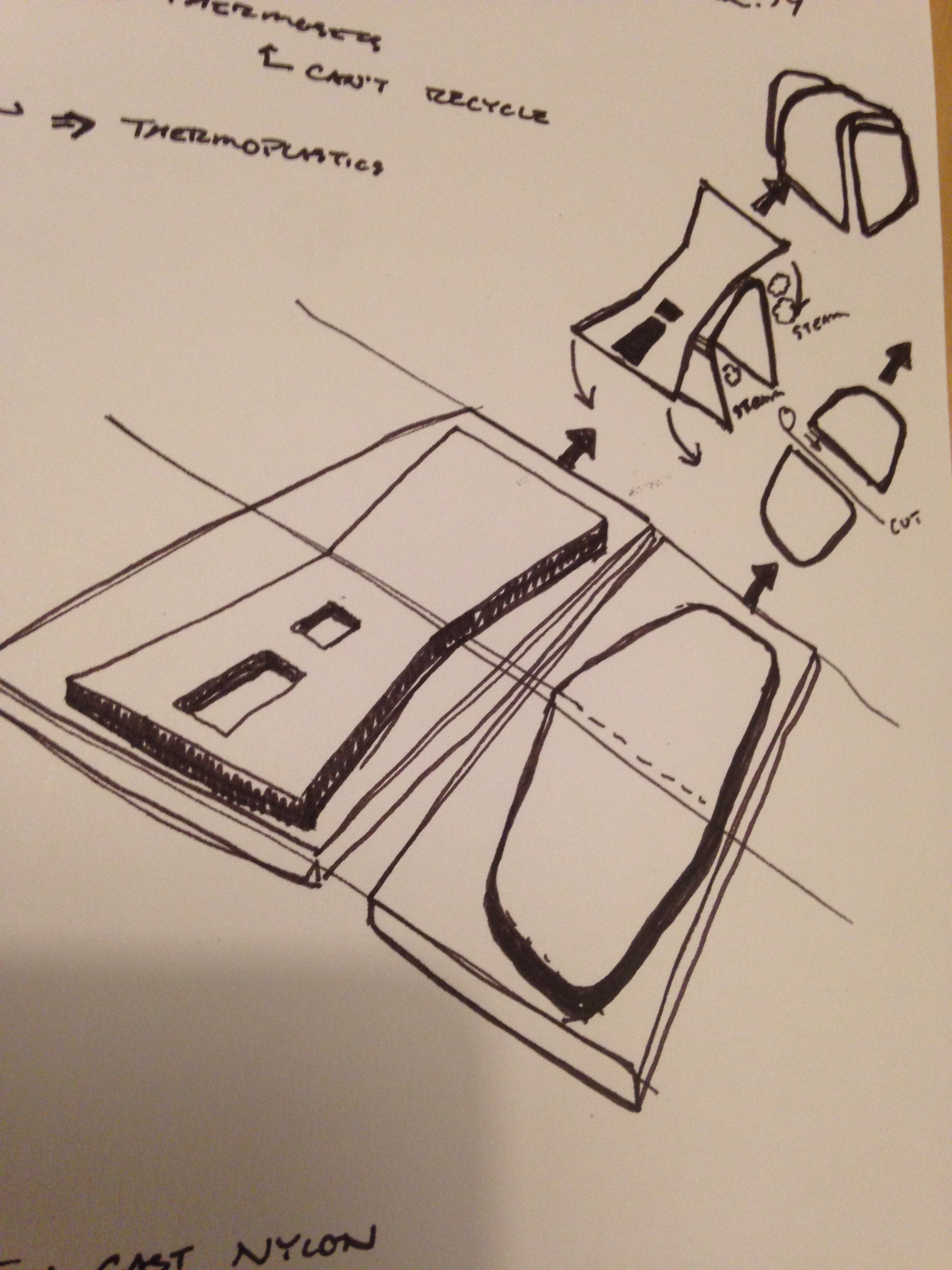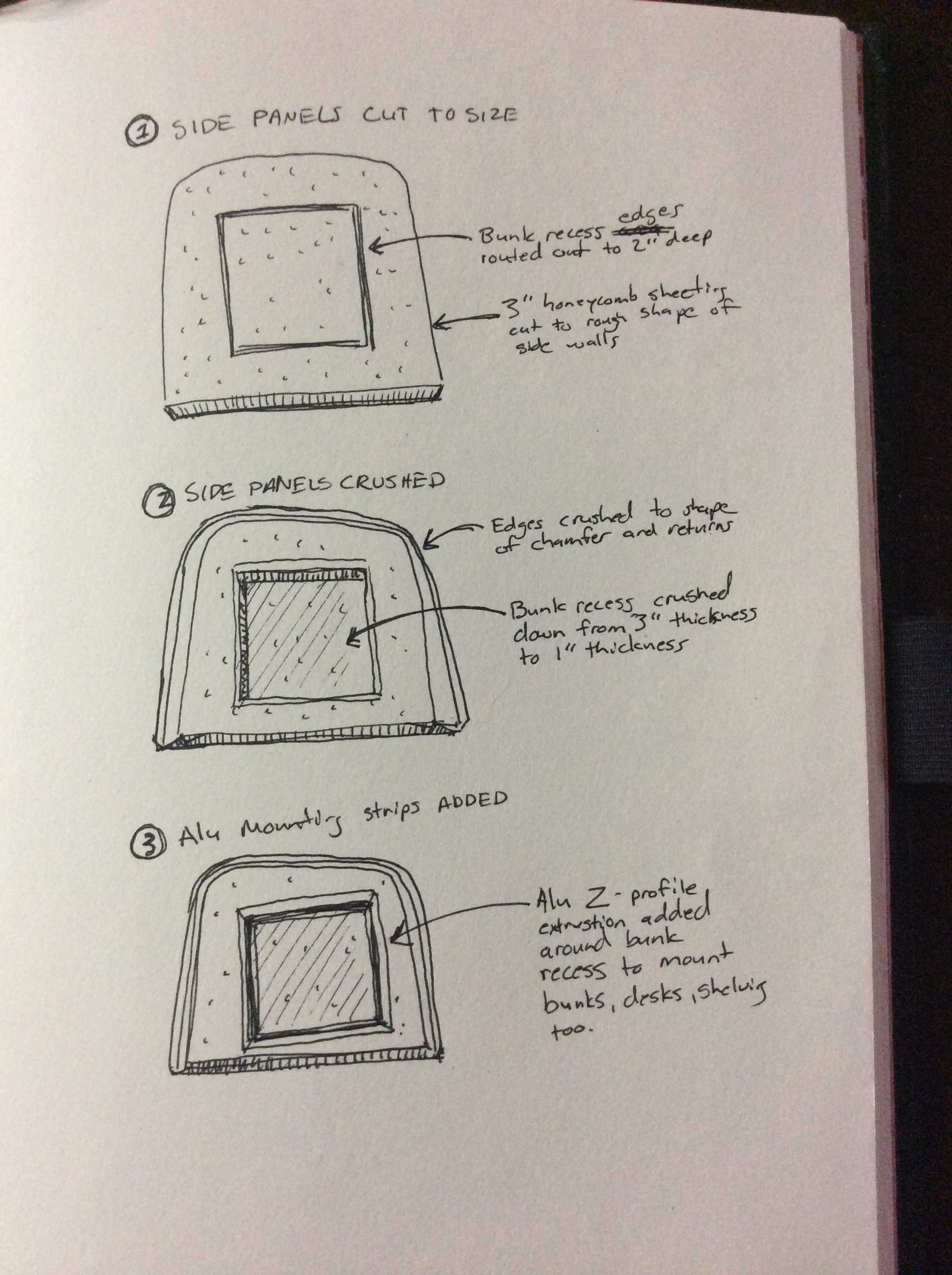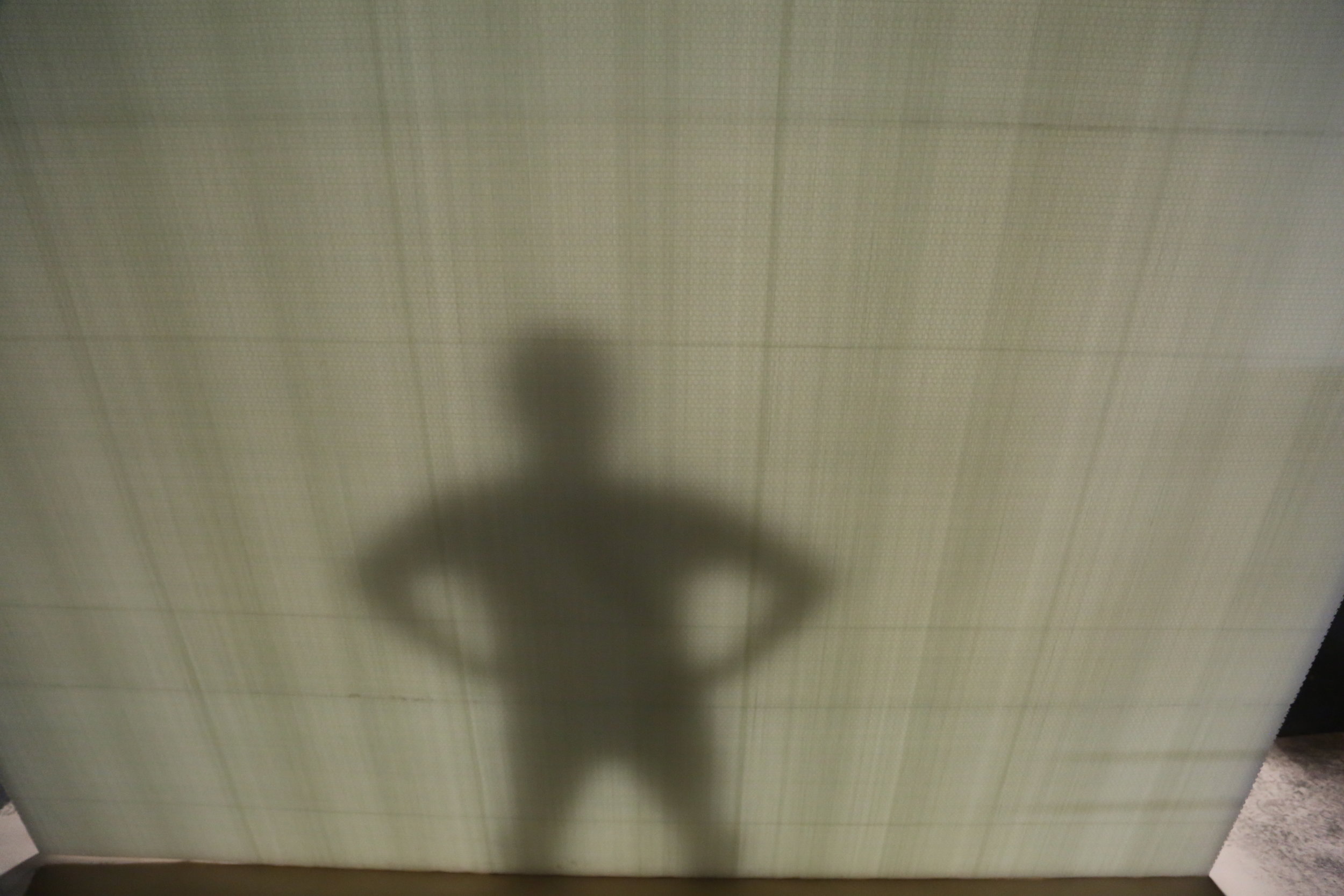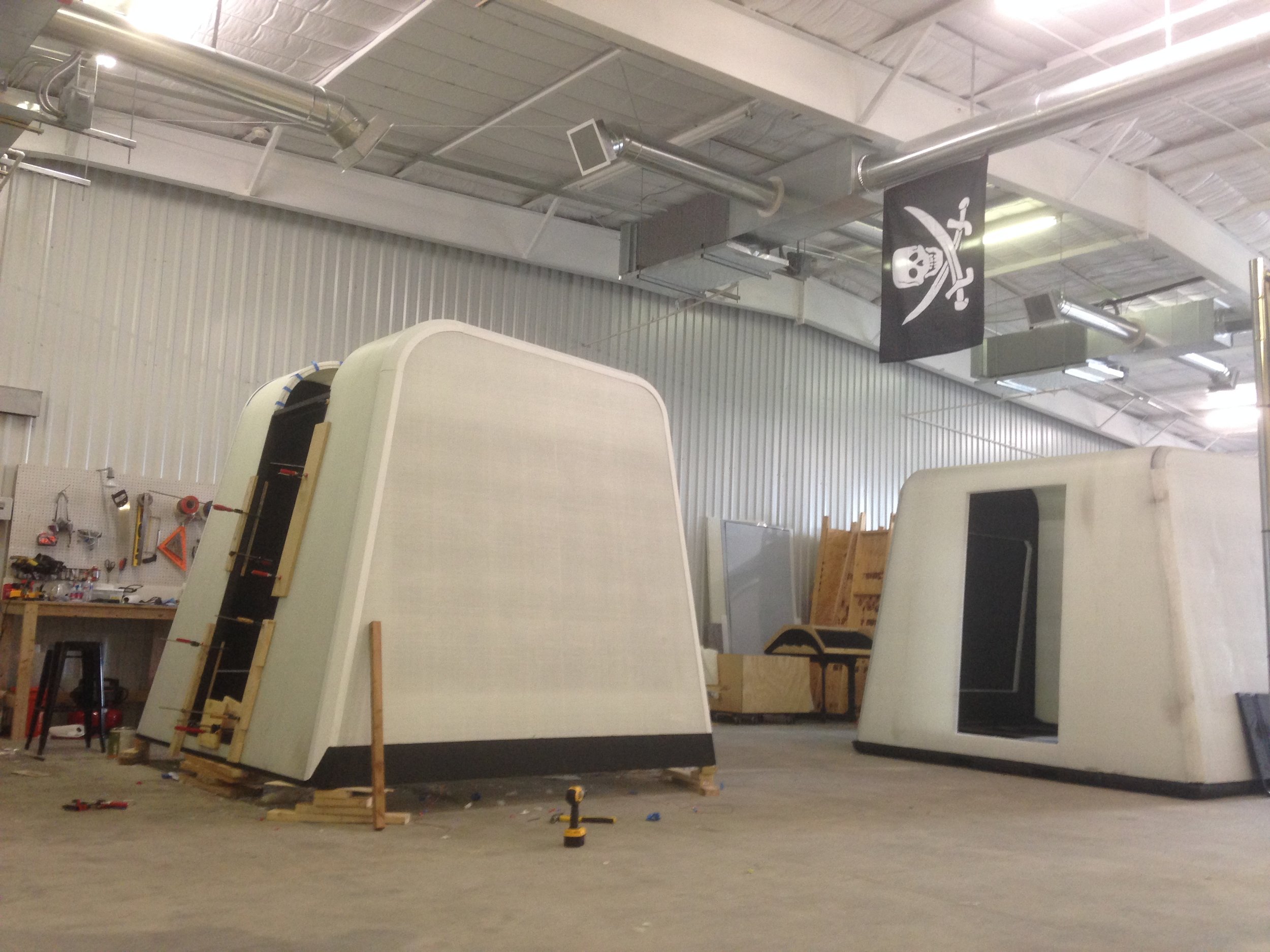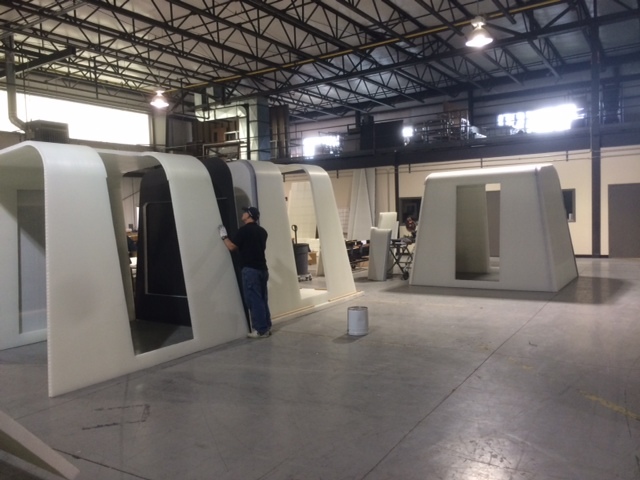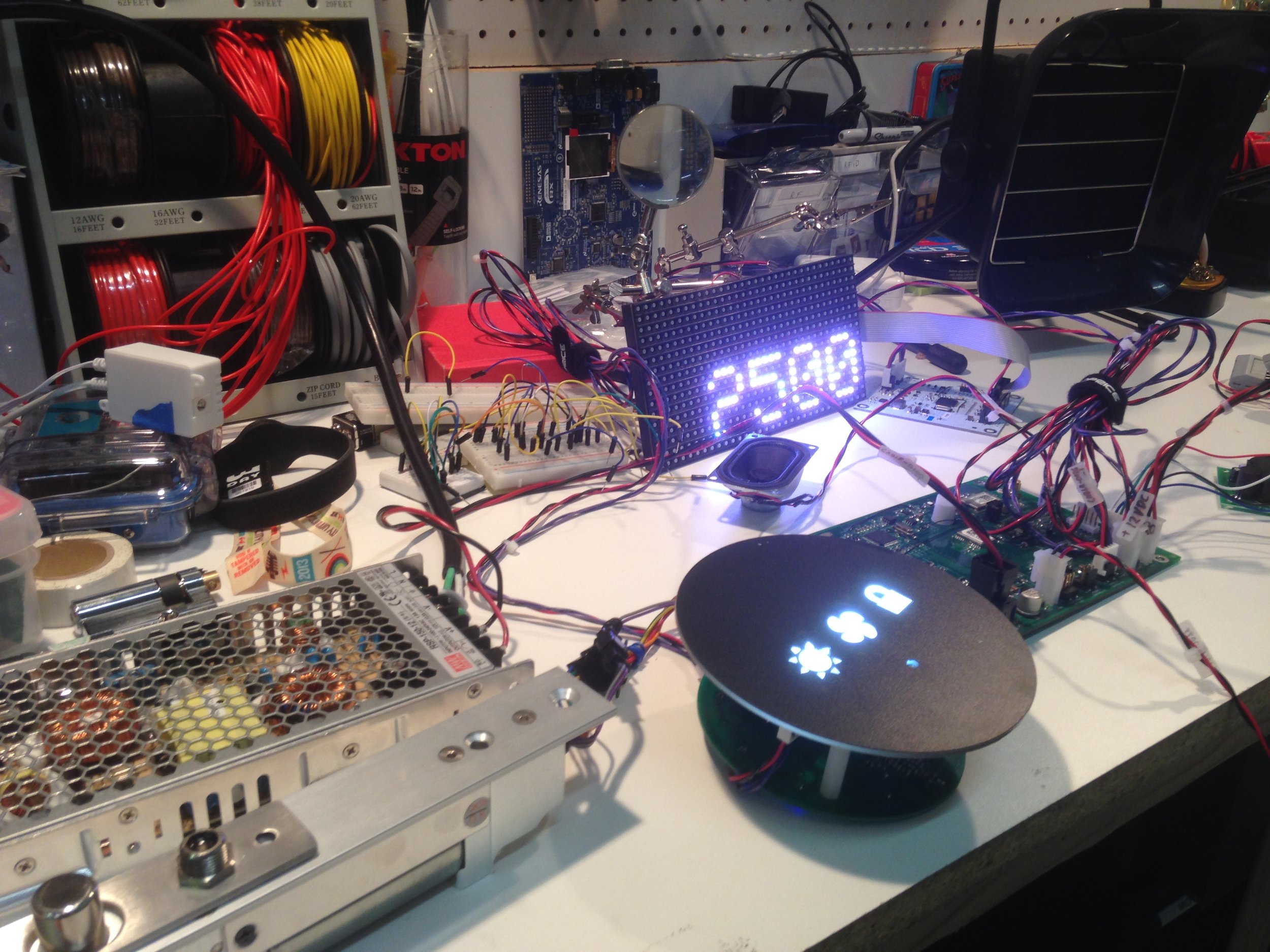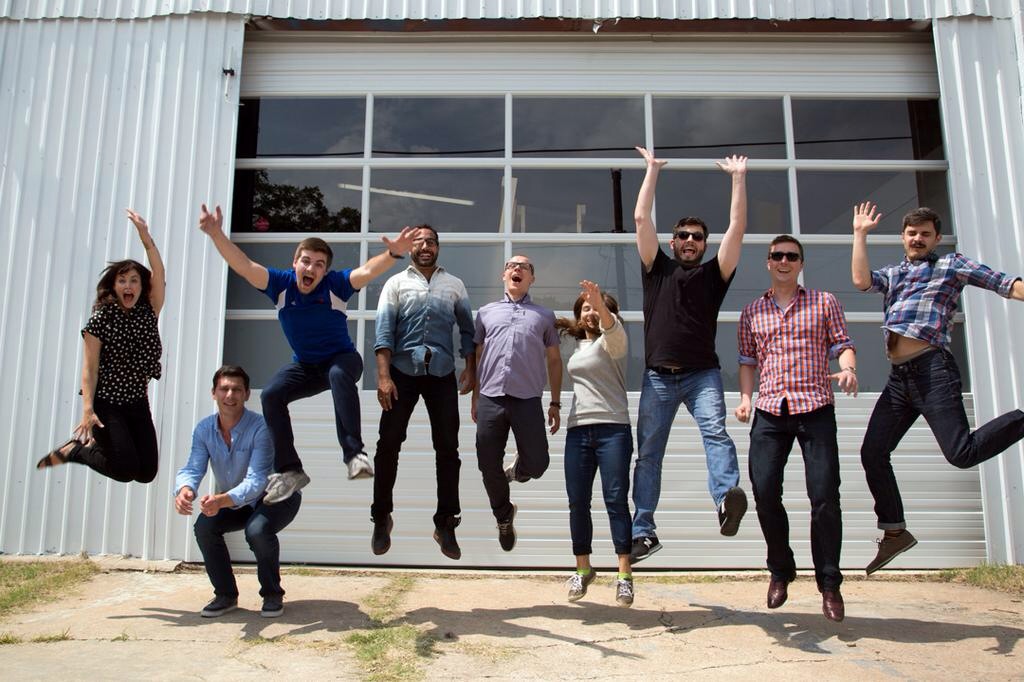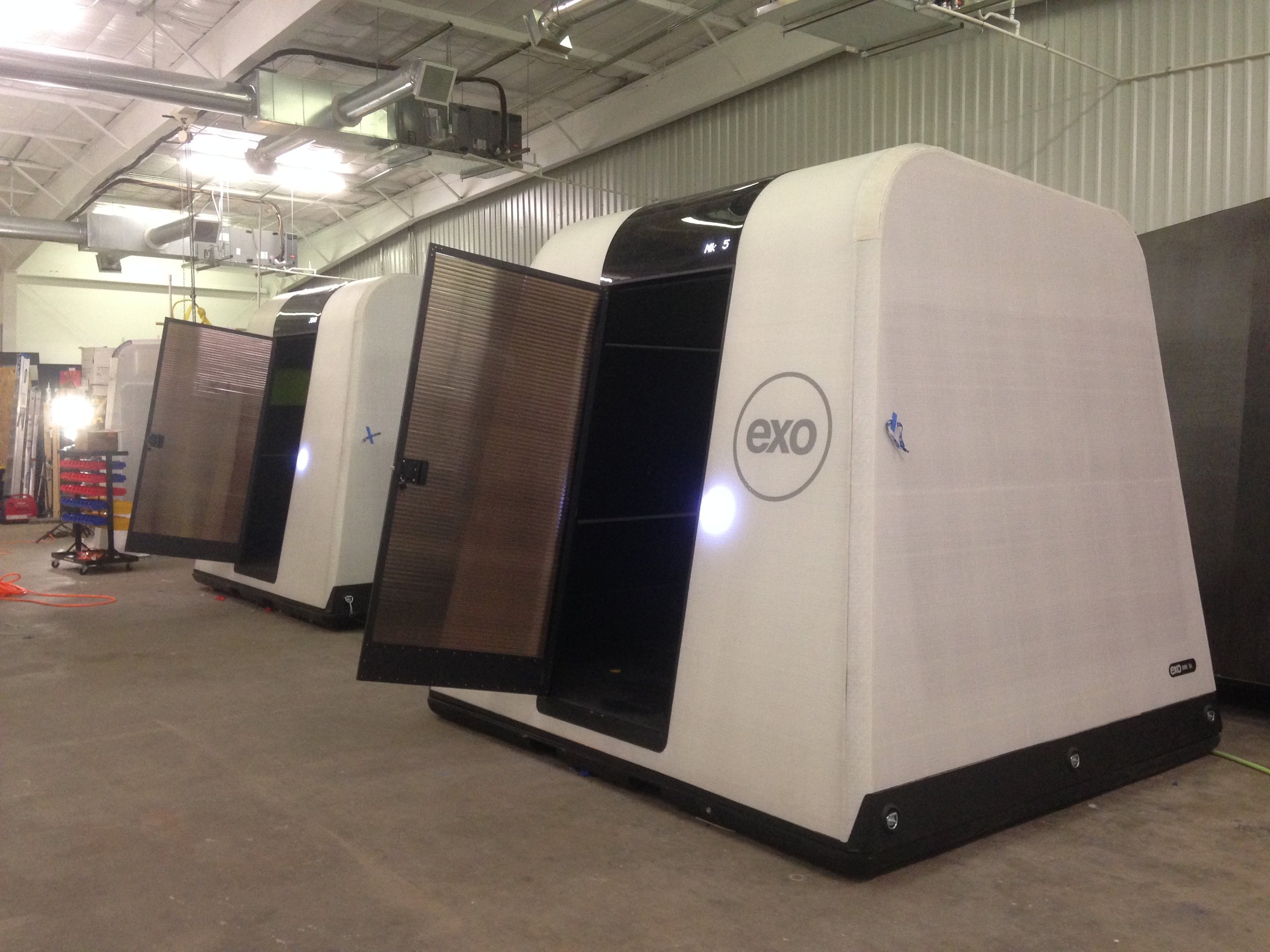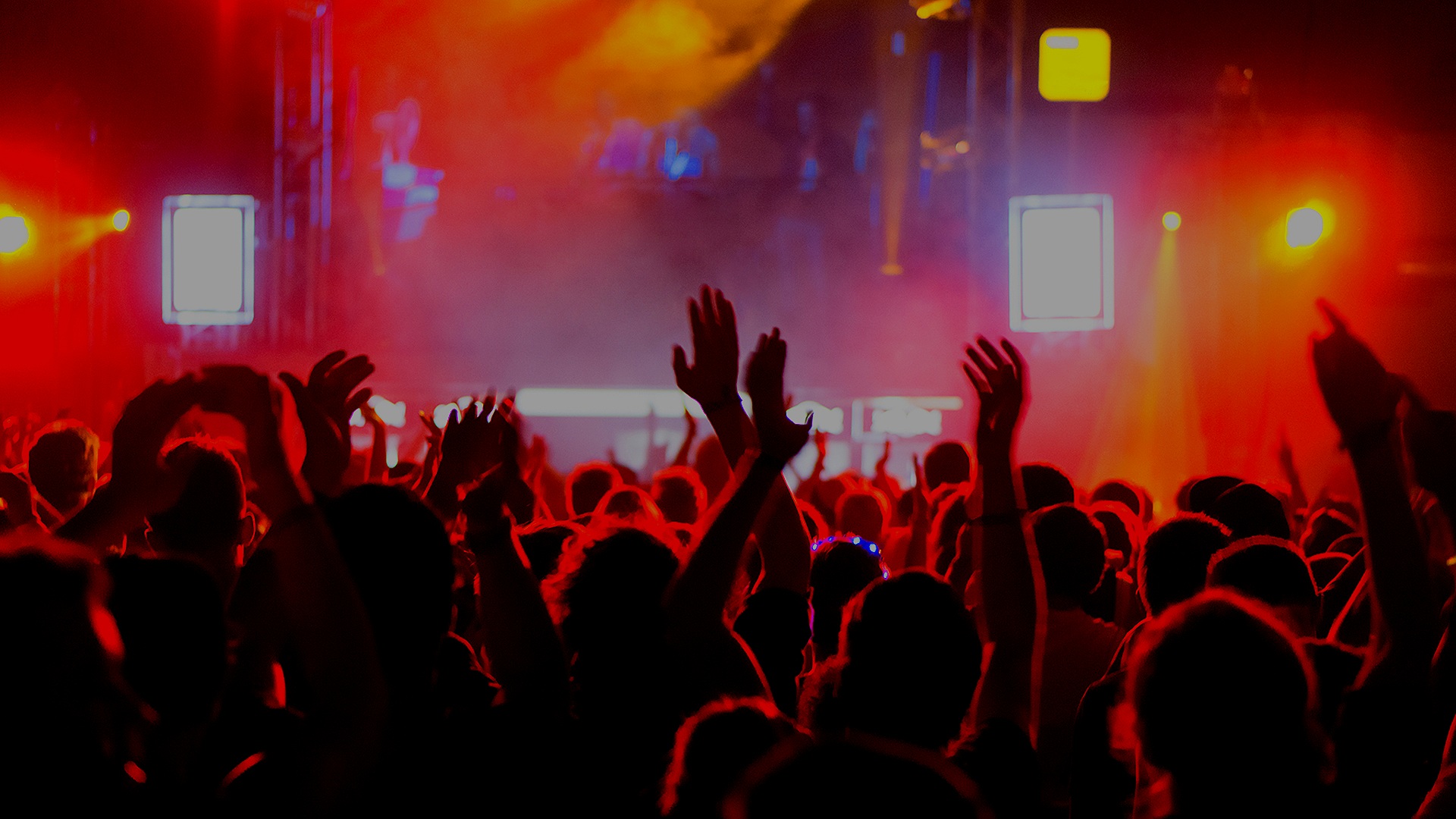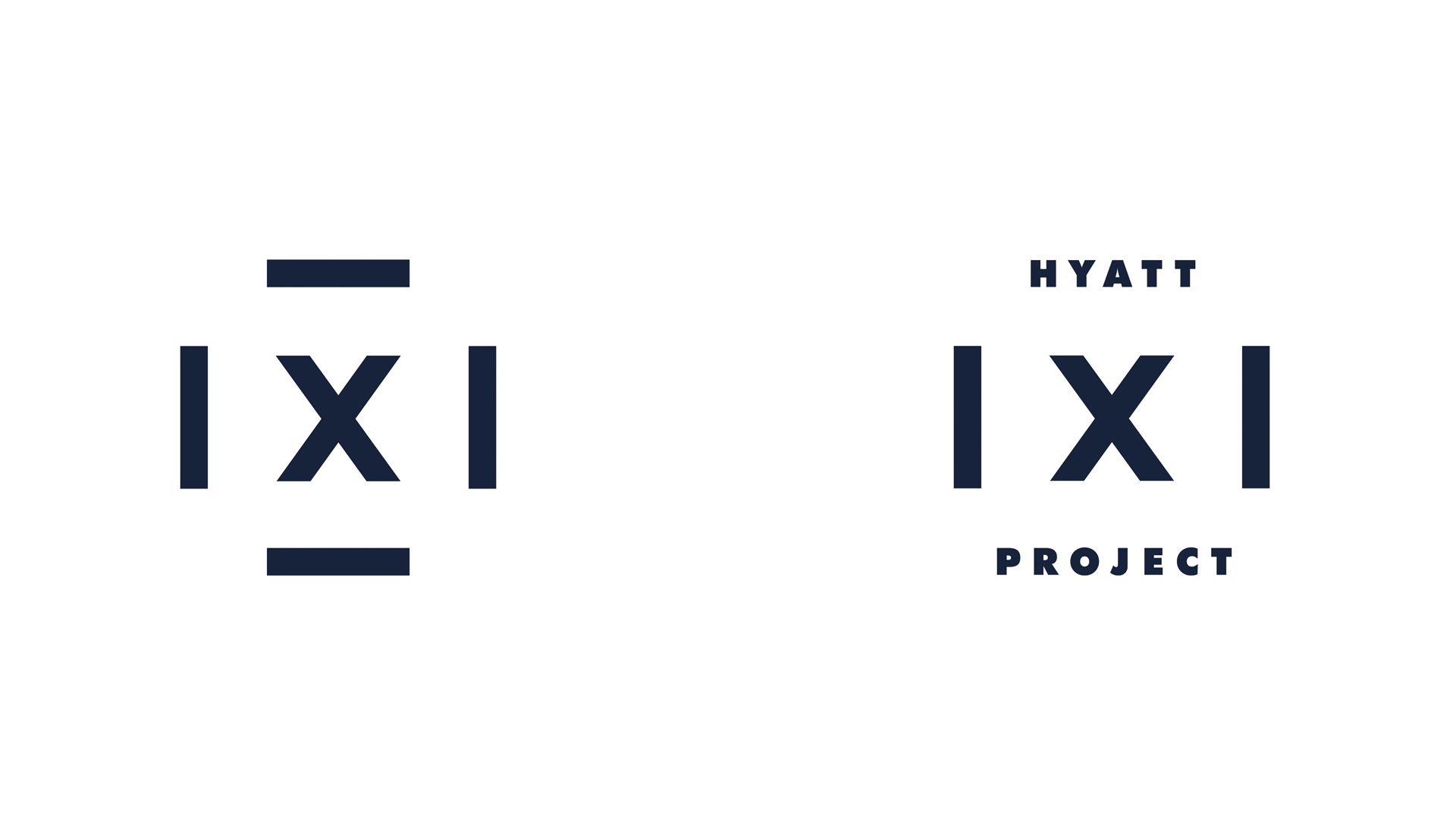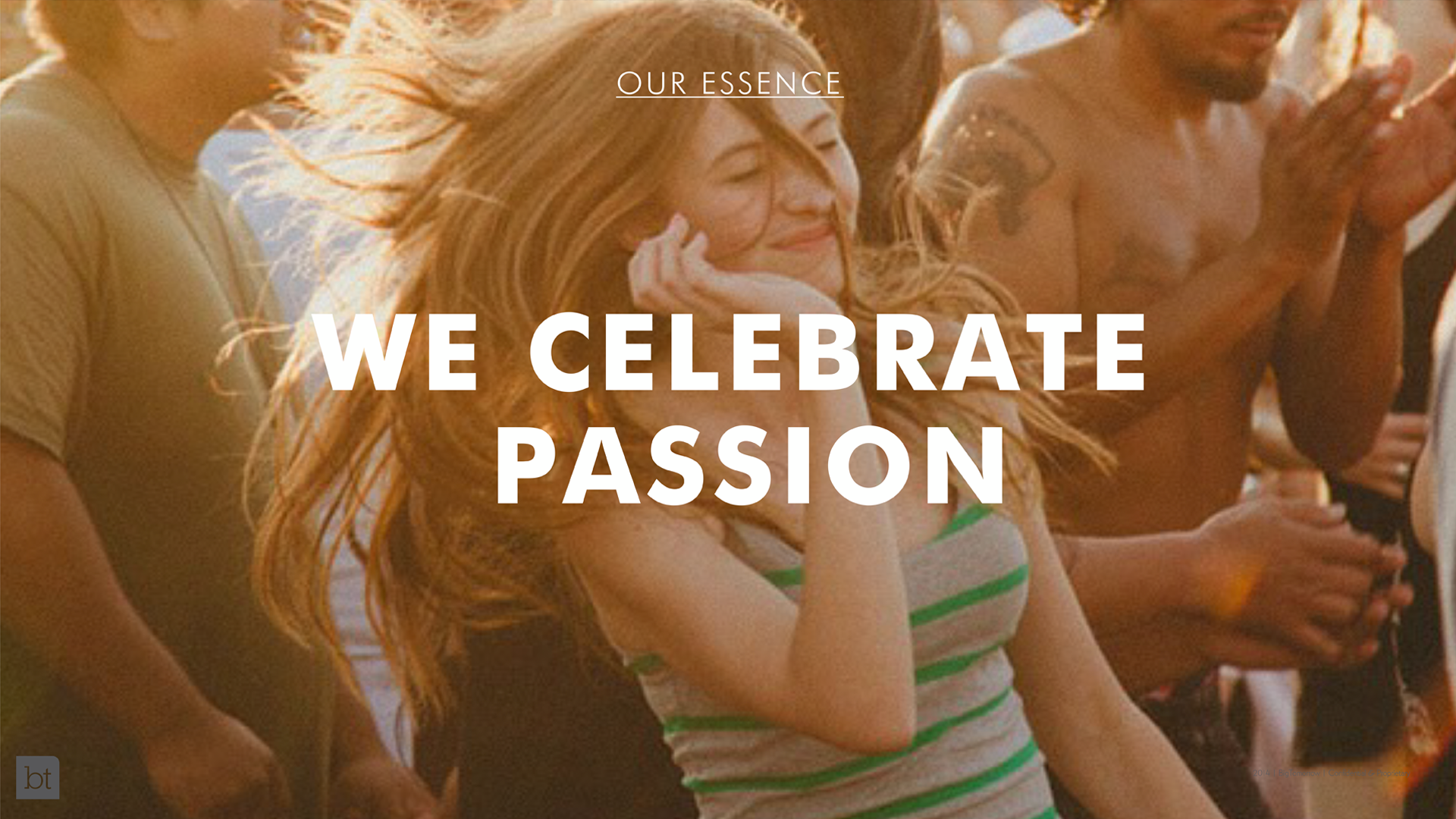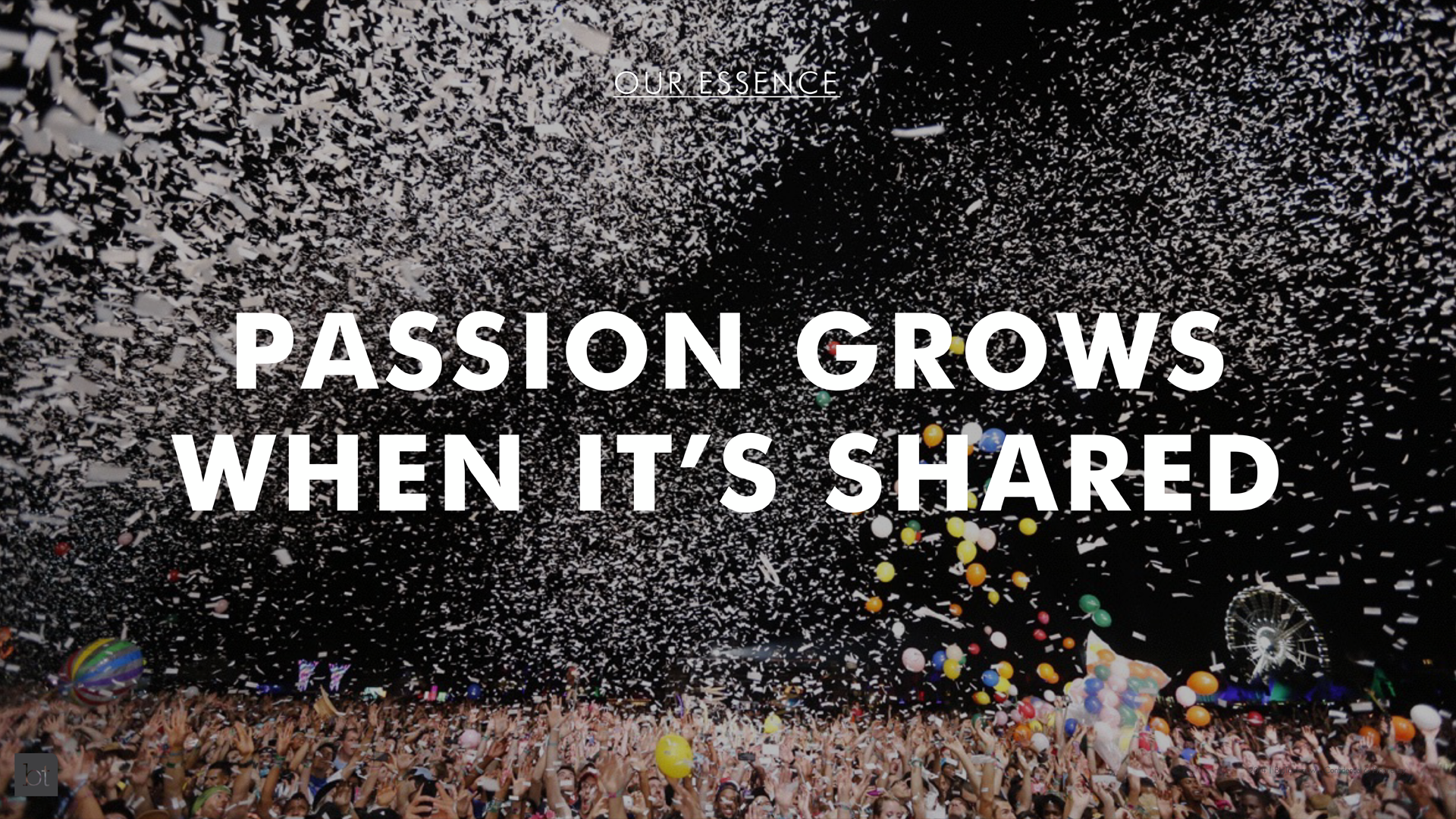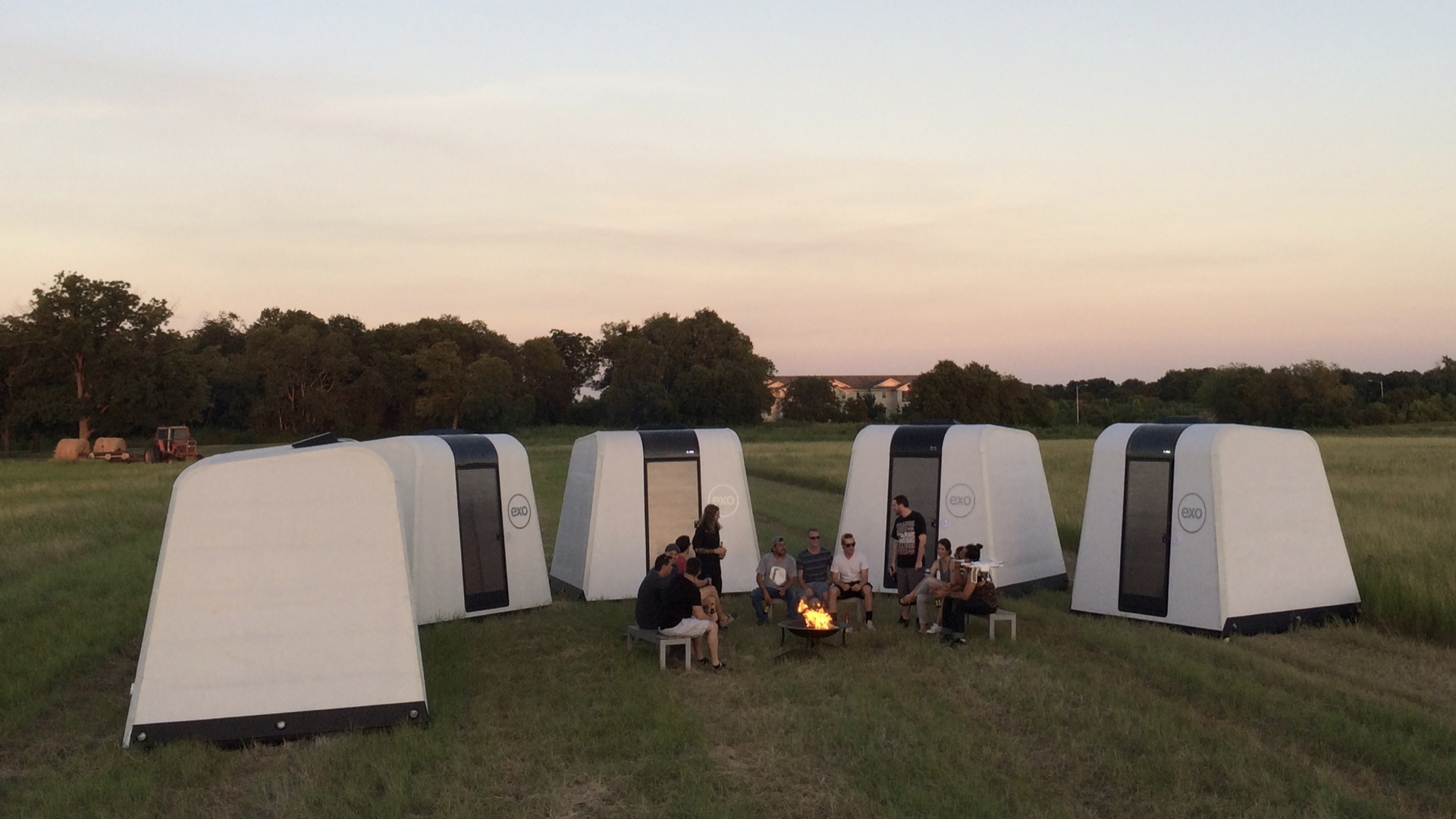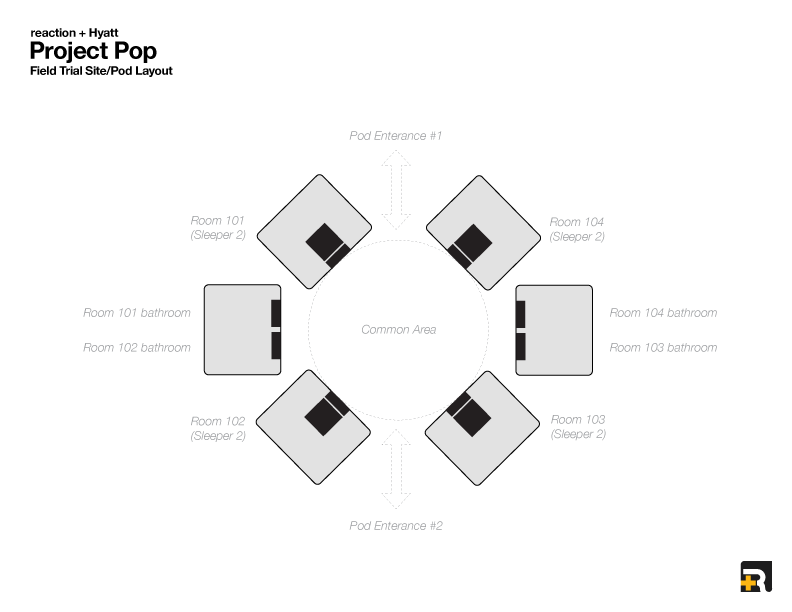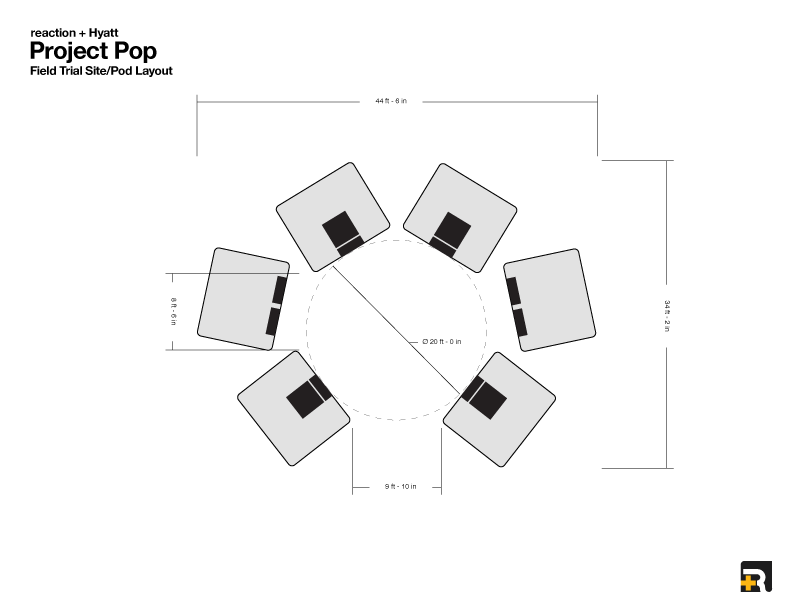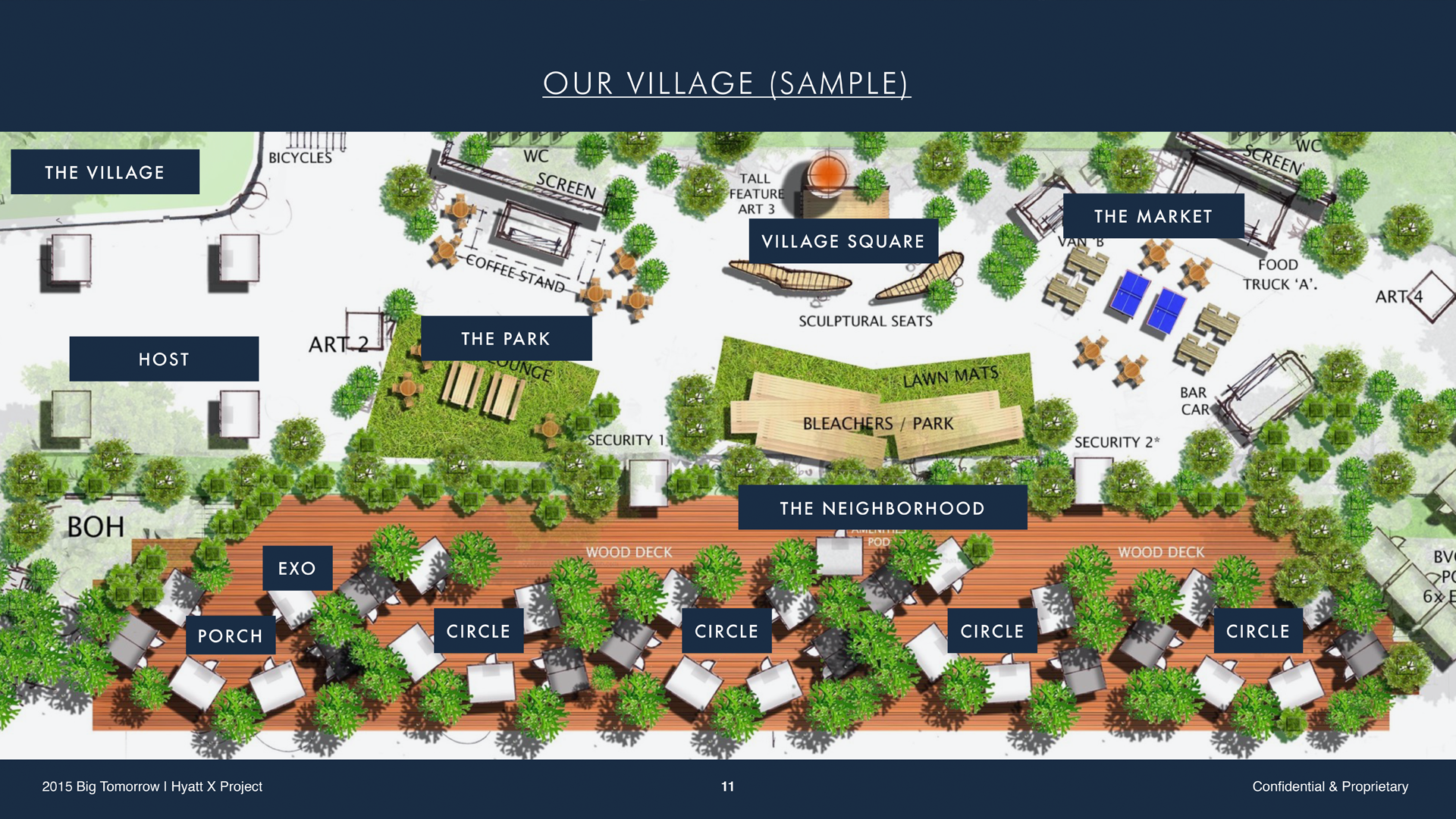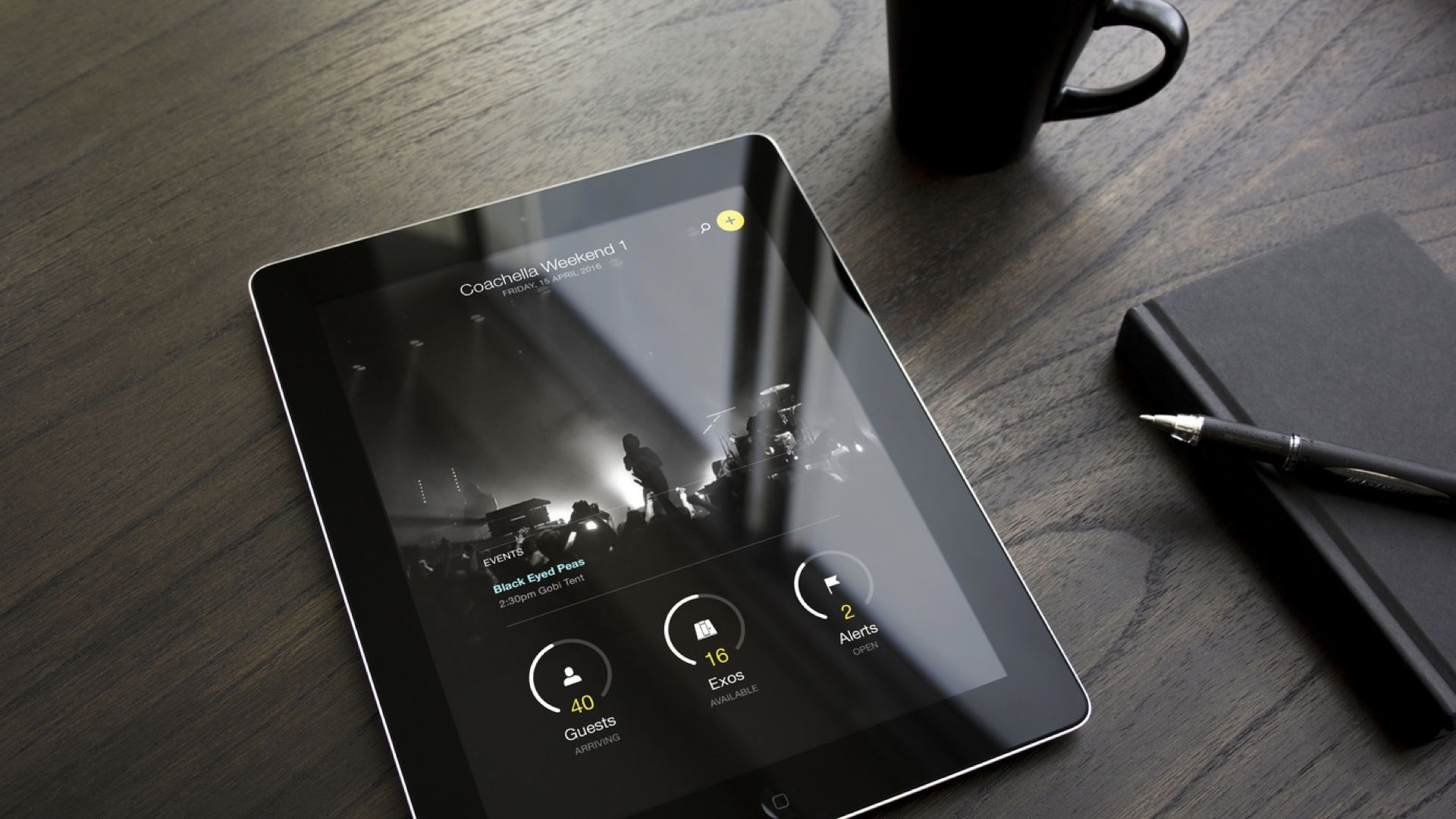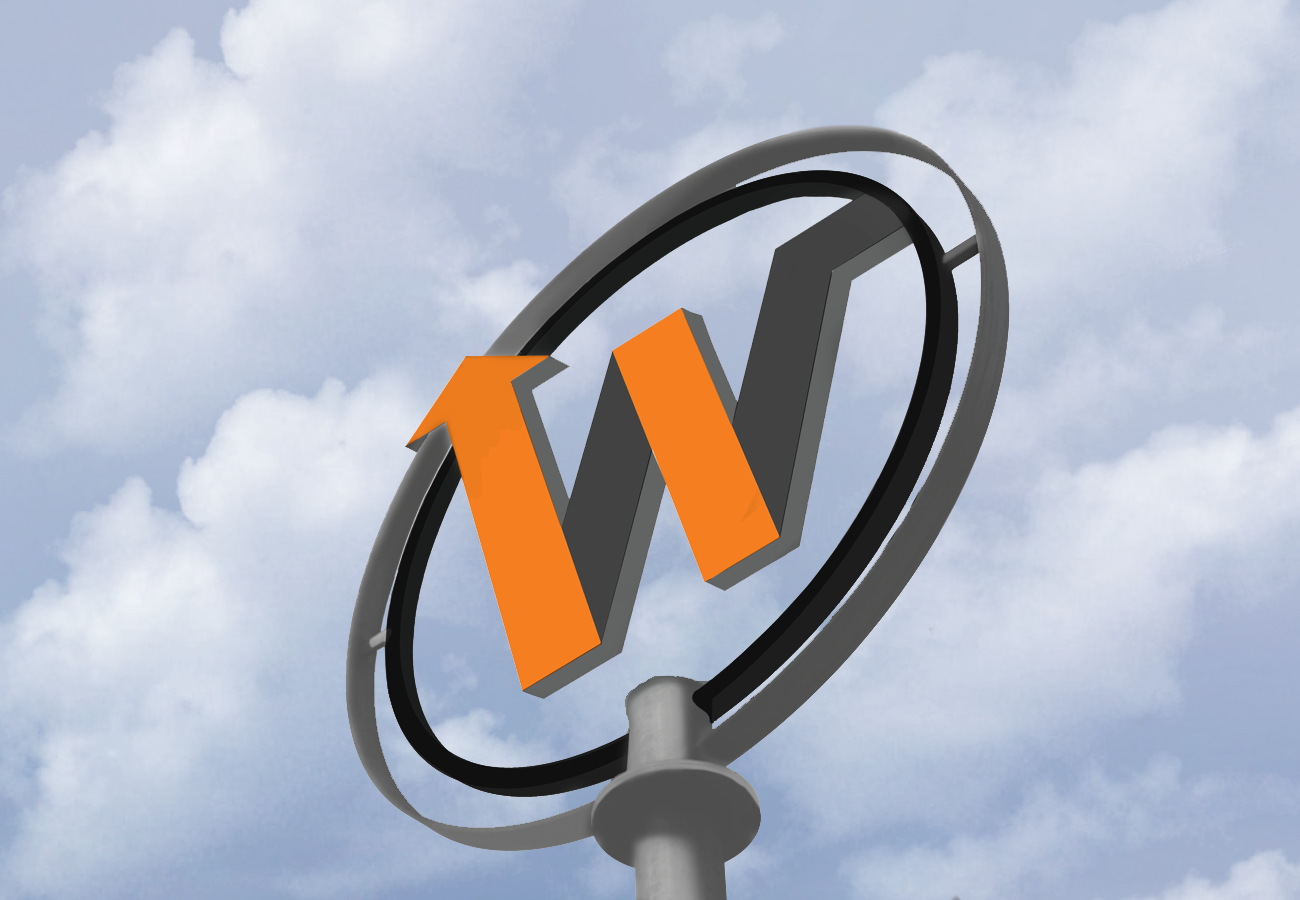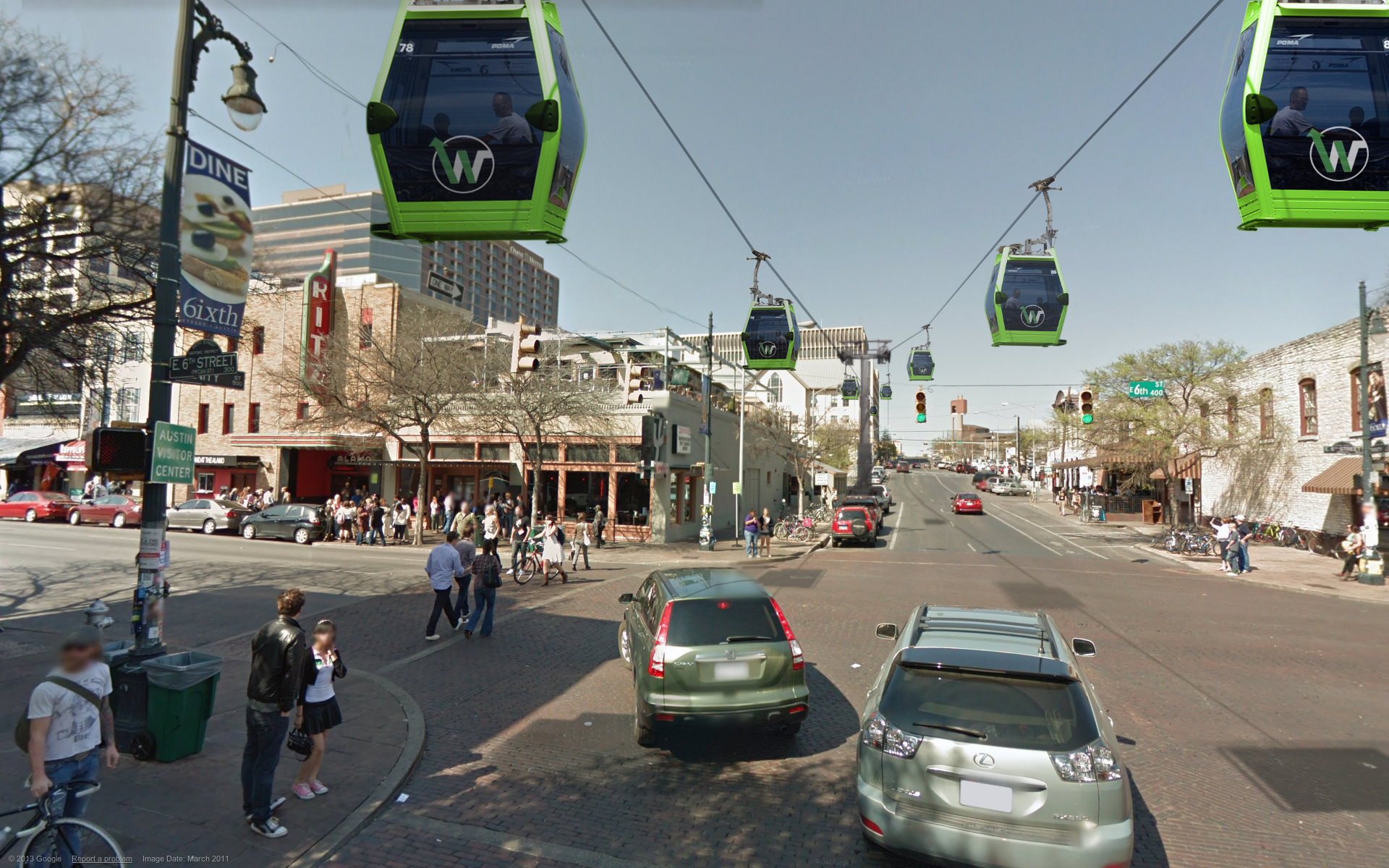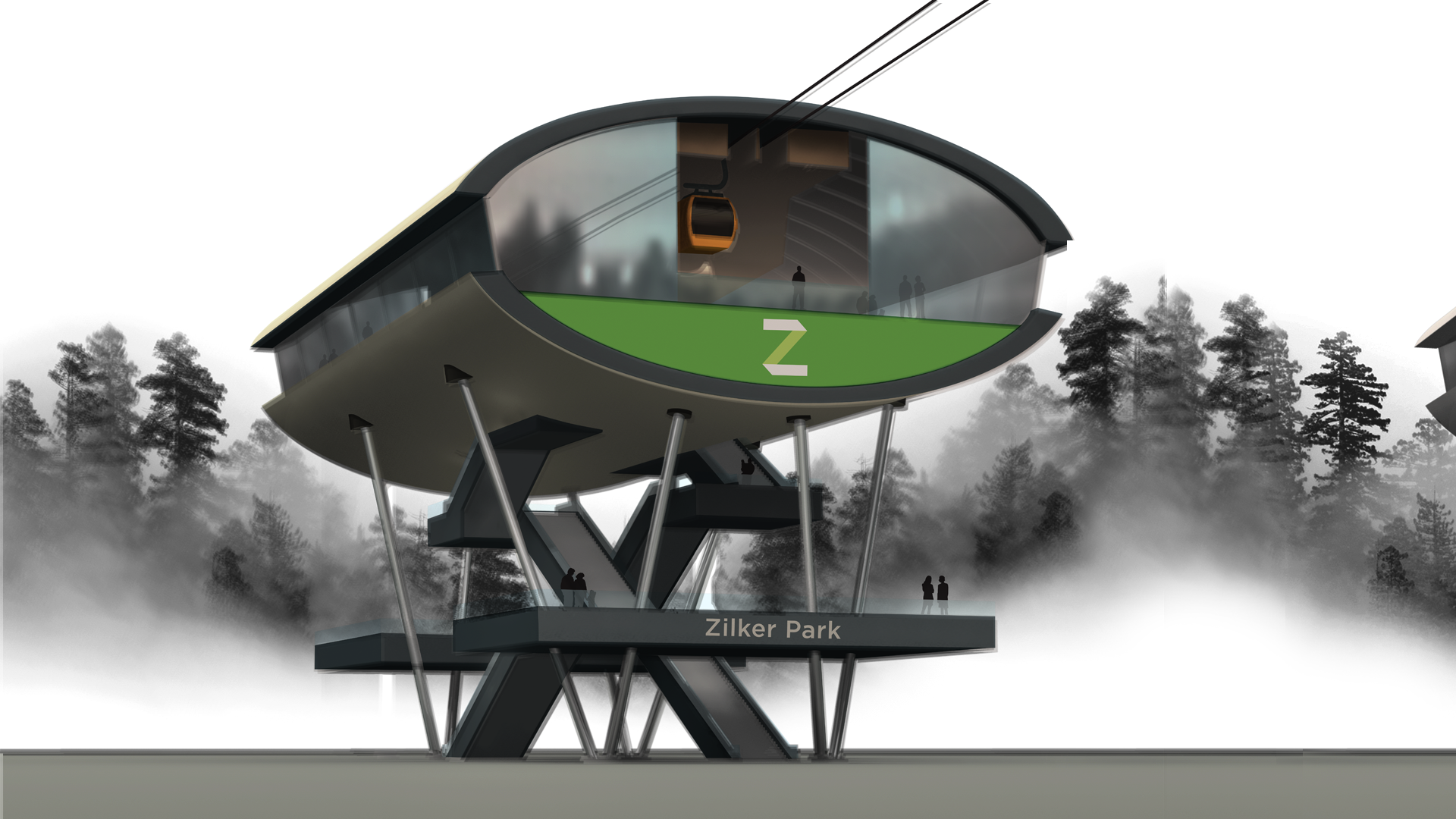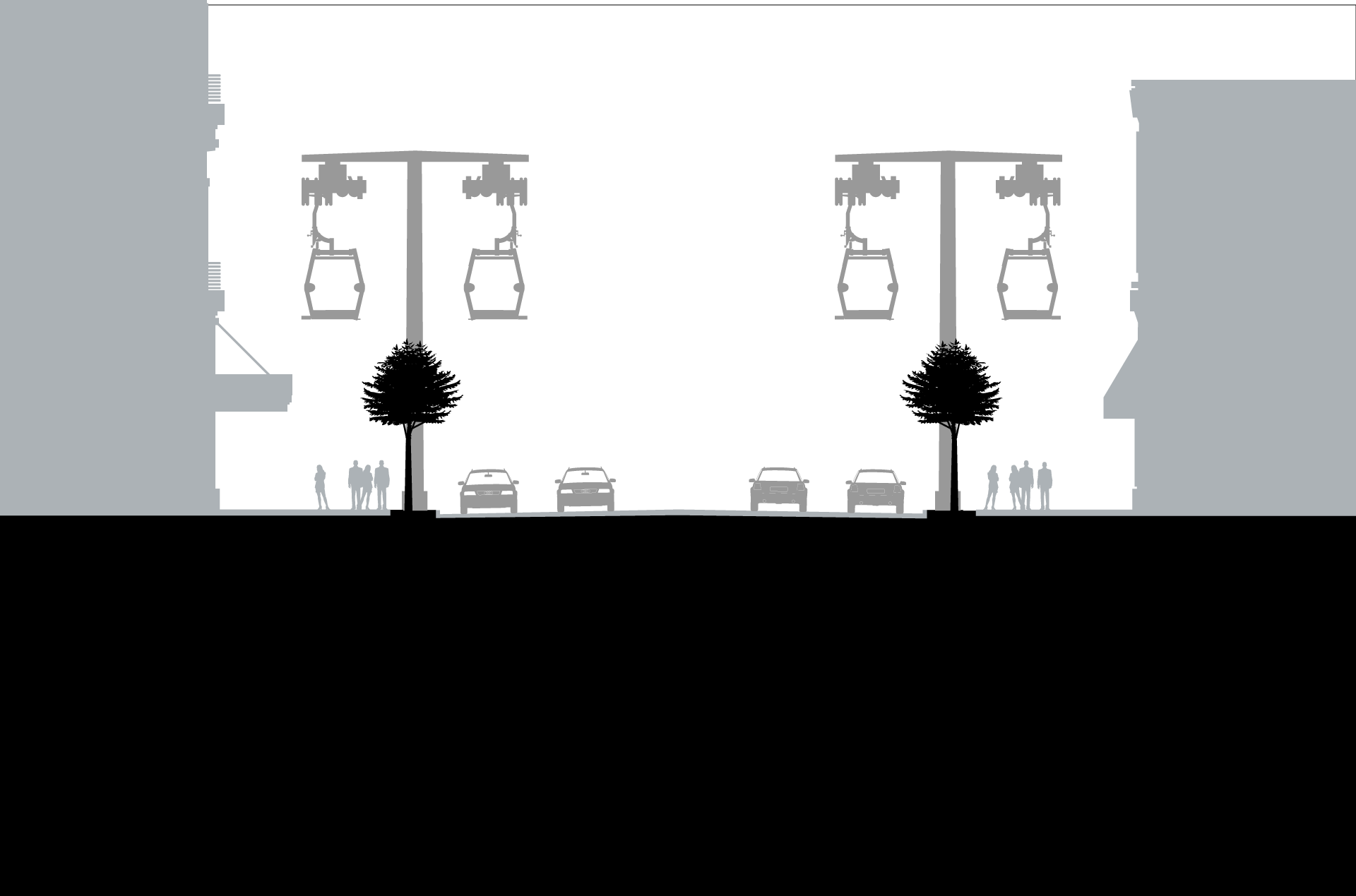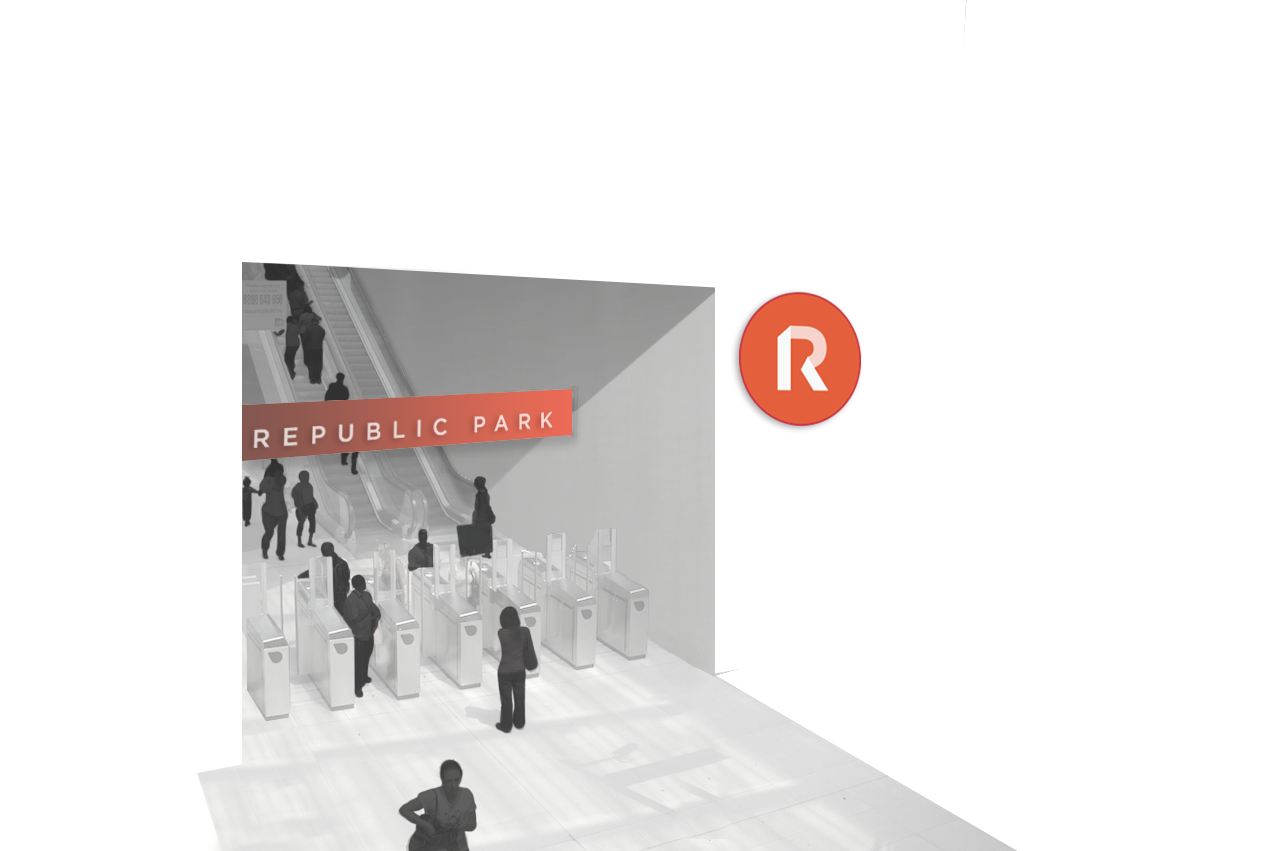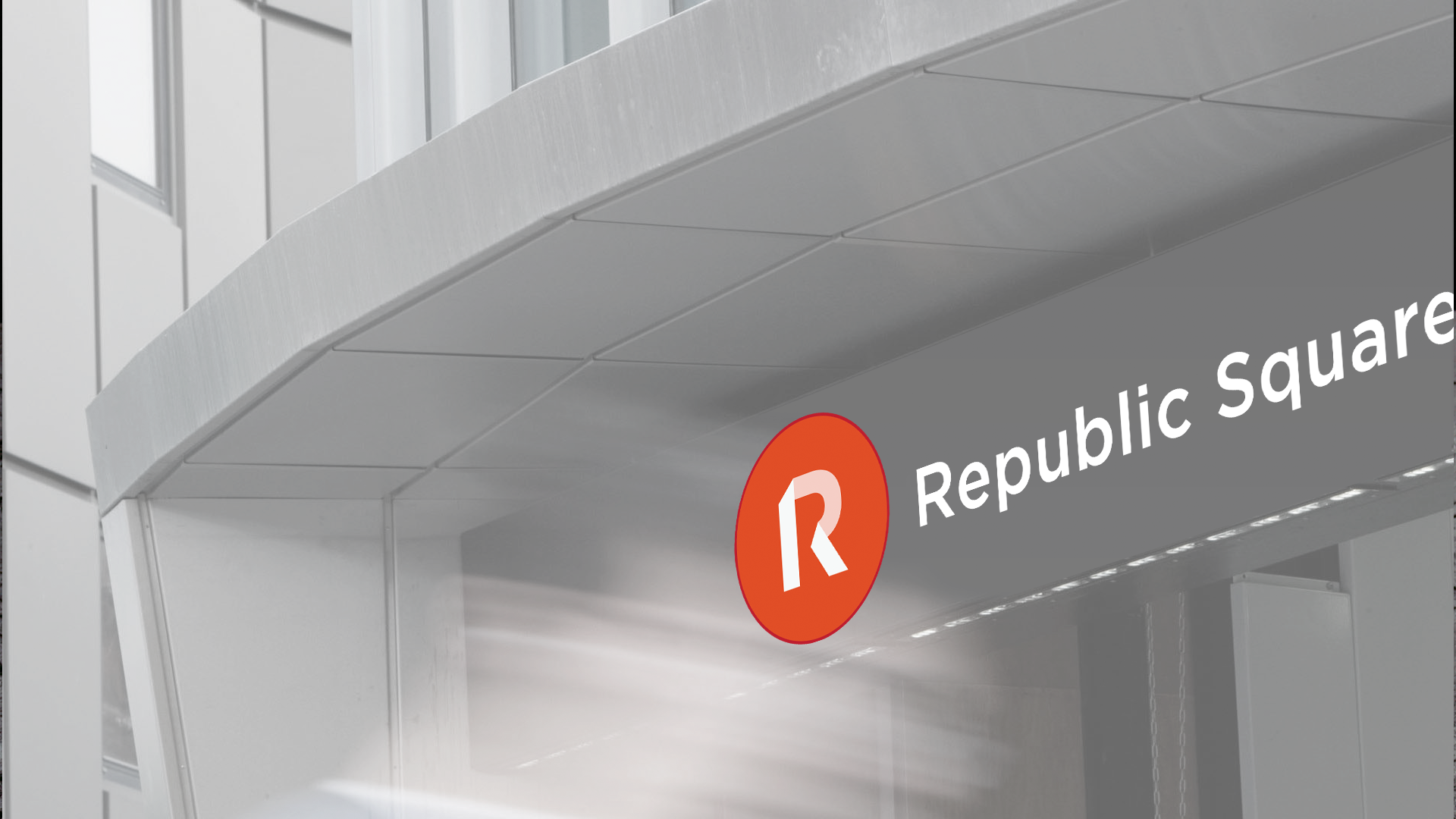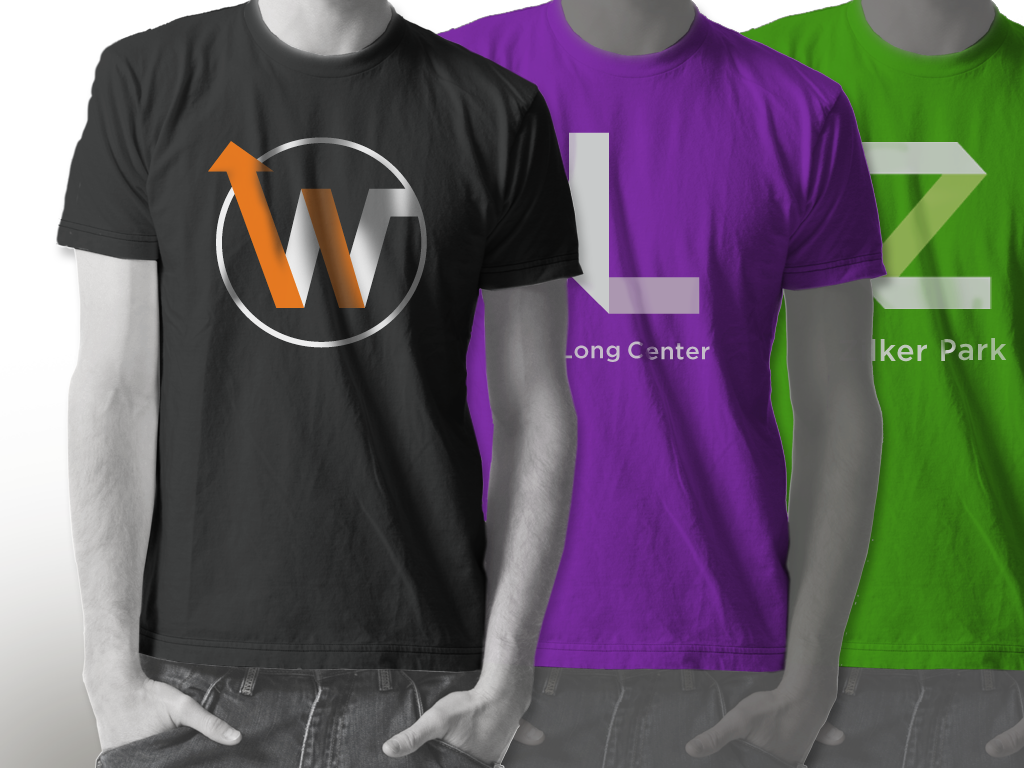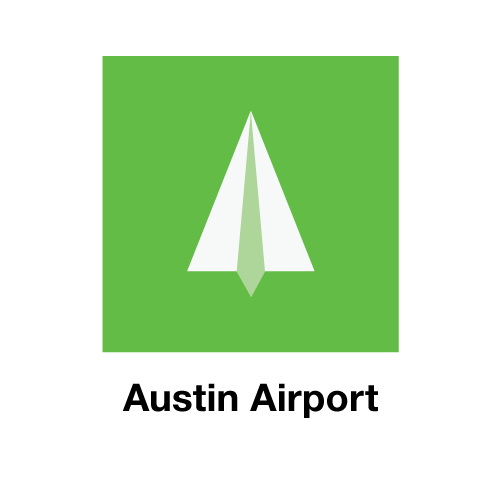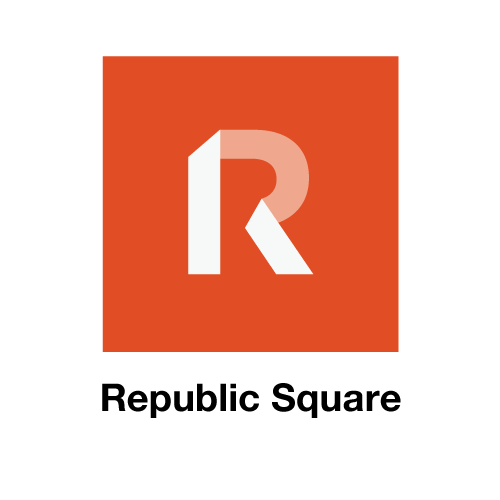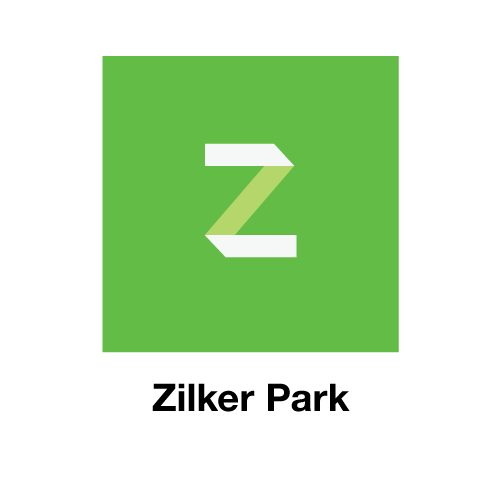Nobel Labs
Nobel Labs
Re-Established Alfred Nobel’s infamous labs as a 21st century product company focused on advancing mining with custom software and hardware products.
Dyno Nobel decided to reestablish Nobel Labs in order to jump start a new era of invention and innovation in the 21st century. While proud of its incredible heritage, today Nobel Labs is focused on driving technological advancements to create a safer and more efficient world.
I worked as the interim Chief Product Officer (on loan from McKinsey) for Nobel Labs. I developed the labs’ operating model, structure, team composition, product ecosystem, led all research & development efforts, managed a large internationally distributed team, and recruited talent for the new venture.
Nobels Labs’ products
Nobel Fire
Nobel Fire, Nobel Labs’ first product, is an intelligent, blast design optimization tool to help you quickly—and with high-confidence—create optimal blast designs. Unlike traditional blast design software, Nobel Fire can make data-driven recommendations based on user-specific learned outcomes while also providing valuable project management tools. From concept to development, Nobel Fire was code named ‘Athos’.
Nobel Air
Nobel Air, Nobel Labs’ second product, is an autonomous drone flight and scanning software designed for blast engineers. With Nobel Air + a DJI drone, blast engineers can scan an entire mine site in 2 minutes, feeding the 3D models directly into Nobel Fire for blast planning and management. Future iterations of Nobel Air will allow 3D scanning in real time during flight without the use of cloud based services for lengthy processing times. Future releases will also introduce site survey marking operations to expedite work between blast engineers and drilling teams. From concept to development, Nobel Fire was code named ‘Hermes’.
Nobel Labs overview PDF
These videos were made for routine executive and board of directors’ updates as a fast way to show development progress on Nobel Fire and Nobel Air.
Nobel Labs Progress Video 2/2018
These videos were made for routine executive and board of directors’ updates as a fast way to show development progress on Nobel Fire (“Athos”)and Nobel Air (“Hermes”). This was one of our later videos to give the Board of Directors a complete overview of the all of the work completed by the Nobel Labs’ team over 12 months in under 5 minutes. They asked to see the software “in action” so we made hyper time lapses to show everything without anyone falling asleep or taking hours to cover.
Nobel Labs branding
Nobel Labs is the recreation of an entity that has not been around for over a century. That meant it needed a brand that could convey its awesome history and heritage without being a slave to it. This same brand had to be modern enough to attract tech savvy employees, yet rugged enough to be appropriate for display around a mine site. I managed the branding program in providing creative direction, organizational input, and vendor management.
Reaction Housing
Rapid response, emergency housing startup.
From a passion project in my garage to a multi-million dollar startup, Reaction was an obsession of mine for well over a decade. After Hurricane Katrina devastated in the gulf coast in 2005, I was appalled by the disaster response. Katrina left about 20,000 people for days on cots in the Louisiana Superdome. The stadium had no air conditioning, no showers, few toilets, and too much garbage which quickly left survivors in a horrible situation. Most of those left in New Orleans after Katrina needing evacuation were then shipped 347 miles away to Houston, Texas, in the best case scenario, or even moved across the country to other cities, permanently displacing families and a great deal of New Orleans’ population.
I became focused with finding a better way to respond to natural disasters as climate change is only going to increase the frequency of hurricanes. Hurricanes occur every single year, yet no one had a repeatable way to house the displaced people from these storms. I decided to take it upon myself to create a housing solution for disaster response in my spare time. My side project grew into an obsession driving me to experiment with new materials and construction methods in my garage. Those early experiments led to the first Exo prototype that I built in my own backyard. Years later, my handmade prototypes grew into a multi-million startup that attempted to do the impossible - house the 60+ million people that have no roof over their heads tonight when they go to sleep.
Reaction: Designed for All promo video
Exo Product Overview
The product overview brochure for the production model Exo units. With materials like this brochure and the joint efforts with Reaction’s VP of Sales, we generated a $500 million sales pipeline for Reaction within 3 months.
Reaction Image Gallery (Startup life)
TED.com
The second TED talk on Reaction passed over 200,000 views within 24 hours after going live on TED.com. This TED speaking slot was arranged before a break, so after the talk the attendees could go outside and view one of the Exo housing prototypes during the break. The Exo caught the attention of both Apple and NASA during this TED event which propelled it forward later into VC funding and a housing company.
Reaction Series B Pitch Deck
After raising over $12.5m from Series Seed thru Series A, this deck was the final pitch created for Reaction's attempt at a Series B. The linked deck here is a reading deck meant to allow recipients to dig into as much detail about the company as they desired. An in-person pitch was much heavier on visuals to support myself on pitches to major VCs.
Hyatt X Project
Hyatt’s pop-up hotel concept using Reaction Housing’s Exo units as hotel rooms.
Hyatt hotels had a secret program looking at how to disrupt one of the hospitality industry’s major disruptors, AirBNB, and establish a new business model for the company. Their original concept looked to use modified shipping containers trucked to sites as pop-up hotels for music festivals, sports, and events, but they quickly discovered that the logistics costs made this concept unfeasible. From a startup pitch competition in Washington D.C., Hyatt saw Reaction Housing’s pitch and invited Michael and Reaction’s COO to Chicago for a meeting with Hyatt’s executive suite. From that serendipitous meeting, Hyatt not only invested in Reaction, but started a collaboration to build Hyatt’s X Project - a popup hotel geared to music festivals and college football. Hyatt intended to use Reaction’s Exo shelter units as fast deployable, hotel rooms and Reaction’s Camp software for guest management, while staffing for guest services, food & bev, and security would be provided from the closest available Hyatt hotel location. For over a year, Reaction & Hyatt worked together on the X Project hotel project with an initial launch at Coachella, but manufacturing delays with the Exo units shelved the concept due to other capital demands in the Hyatt organization.
Hyatt X Project video
After months of concept, design and intense planning, Hyatt prepped for a launch of X Project at Coachella with the help of Reaction + former frog design colleagues. This was the first video produced in what was intended to be an entire series around X Project to be revealed over time.
Please enter the same password used in accessing this portfolio to watch this video.
Hyatt X Project Branding
Branding and the guest experience were critical elements for X Project to be successful. On my recommendation, Hyatt hired ex-frog design colleagues to craft the brand while Reaction focused more intensely on the pop-up hotel itself and its guest experience.
Bear Motors
3D printed, electric motorcycle startup.
Bear Motors combines several disruptive business ideas I’ve had over the years into one enterprise devoted to having fun, while being environmentally responsible. This startup concept leverages digital manufacturing; an entirely unique buying/distribution experience; the Maker movement; and, digital supply chains to fundamentally disrupt the motorcycle market with its unique, 3D printed electric motorcycles. The first prototype has been built in my lab and is currently going through testing and refinements. Bear Motors’ goal is to accelerate the electrification of transportation outside of automobiles by pushing the boundaries of distributed, digital manufacturing in the 21st century. Austin will be the perfect home and setting for an all American, electric motorcycle company that disrupts established industries with its unique digital manufacturing & distribution model.
Bear Motors - Series SEED pitch deck
Bear Motors combines several disruptive business ideas I’ve had over the years into one, fun enterprise devoted to fun and being environmentally responsible. This startup concept leverages digital manufacturing; an entirely unique buying/distribution experience; the Maker movement; and, digital supply chains to fundamentally disrupt the motorcycle market with 3D printed electric motorcycles. The first prototype has been built in my lab and is currently going through testing and refinements. Bear Motors’ goal is to accelerate the electrification of transportation outside of automobiles.
Disney MyMagic+
The system + wearable created by frog design.
Disney’s $1 billion project to reimagine what the park experience could be led them to frog design. frog started with Walt Disney’s original vision for the theme parks - guests walk through the looking glass into a magical world where anything is possible. Any effort to reimagine Disney World would need to be monumental, almost by definition. Disney World isn’t an amusement park; it’s a metropolis. Sprawled across 25,000 acres of central Florida, it contains four theme parks, nearly 140 attractions, 300 dining locations, and 36 resort hotels. Its monorail system zips along 15 miles of track, with a daily ridership of more than 150,000. The parks have their own power plant and security force, plus some of the world’s largest laundry facilities, cleaning 280,000 pounds of linen each day as well as dry-cleaning 30,000 cast member garments. The divisions connected by this roundelay—Parks, Studio Entertainment, and Consumer Products—account for more than half of Disney’s revenues and profits.
A “Day View” of a Guest’s planned activities for a given day.
PEP was designed alongside the Magicband by frog design teams. I was the lead visual & interaction design efforts early on helping to win the digital work. As the program grew, I managed multiple production work steams while acting as the liaison and UX expert for frog’s ID team.
PEP (Planning Experience Portal)
& Design Language system
I was a core part of the initial design team that won the digital side of work for Disney’s MyMagic+ system, as frog design was already designing the Magicband itself. The digital experience for MyMagic+ revolved around the need to allow guests to plan out their visit to the parks, as parents were often overwhelmed at the amount of activities, perks, and the sheer scope of the experience.
The digital experience was broken down into several core tracks from the backend systems to connect Magicband readers (DAPs - Disney Access Portals) to command centers that load balance the parks from attraction and Magicband data. The digital work I helped win was called PEP (the Planning Experience Portal) for Parks and Recreation at Disney. I created the design language system (DLS) for Disney’s PEP that was code named PEP DE (PEP Design Evolution) and created the information architecture plus interaction patterns for the MyMagic+ digital applications.
For almost two years I worked almost exclusively on this major, secret Disney project, splitting my time between frog offices in San Francisco and Austin, plus Disney offices in Orlando and Burbank. From leading small, initial teams to win competitive bids on work that frog wasn’t given at the start, to managing multiple teams simultaneously through massive production efforts, I lived and breathed magical experiences at Walt Disney World.
The Wire
A new form of mass transit from existing technology.
The Wire is a proposed mass transit system that uses urban cable (aerial ropeways normally used at sky resorts & over mountainous terrain) to create an urban circulator system that can grow and evolve with a city over time. The Wire can add entirely new capacity equal to running 100 buses per hour over existing right of ways with zero displacement or disruption to existing transportation. Given the infrastructure is just cables and support towers between stations, the entire system can be erected in a matter of months at roughly 1/10th the costs of light rail per mile.
It’s flying cars + Jetson sidewalks.
Boarding is continuous, with cable cars coming every few seconds, speeding over traffic and slowing to unload. With an enjoyable, quiet ride, this urban cable line would serve as a complement and amplifier of all other forms of transit. Each line of the Wire can move 5,000 people per hour in each direction. Additional capacity can easily be added with additional services lines above or following alongside of existing running lines. Since these systems were originally designed for mountainous terrain - a completely unique rider experience can be built leveraging 3D routes through cities to offer stunning views, avoid obstacles and remain out of sight as needed along a route.
The Wire offers the opportunity to rethink what a transit station can actually be. Stations are centered around wheel house mechanics that can be bolted onto roofs and exteriors of existing buildings, or have free standing stations built. Elevated and surface stations provide flexibility to balance the system for the best mix of costs, accessible land, neighborhood integration, and rider experience. Park and Ride stations in suburban areas allow riders to park their car and catch the Wire into denser urban areas.
In the station, riders wait on the station platform just a few seconds before the next car arrives, nearly silent. It slows as it approaches the platform, the doors part, and familiar faces from the neighborhood smile to each other. They step into the clean, cool car. It’s brightly-lit, with expansive windows offering a view of the neighborhoods below. Passengers stow their bags and grab seats.
TED: Can Urban Cable really ease city congestion?
“With a completely fresh take on how to curb growing traffic problems, industrial designers and insatiable problem solvers, Michael McDaniel + Jared Ficklin thoughtfully propose the use of urban cable (like the gondolas you see in the mountains) as an effective, efficient part of a multi-prong mass transit solution.”






